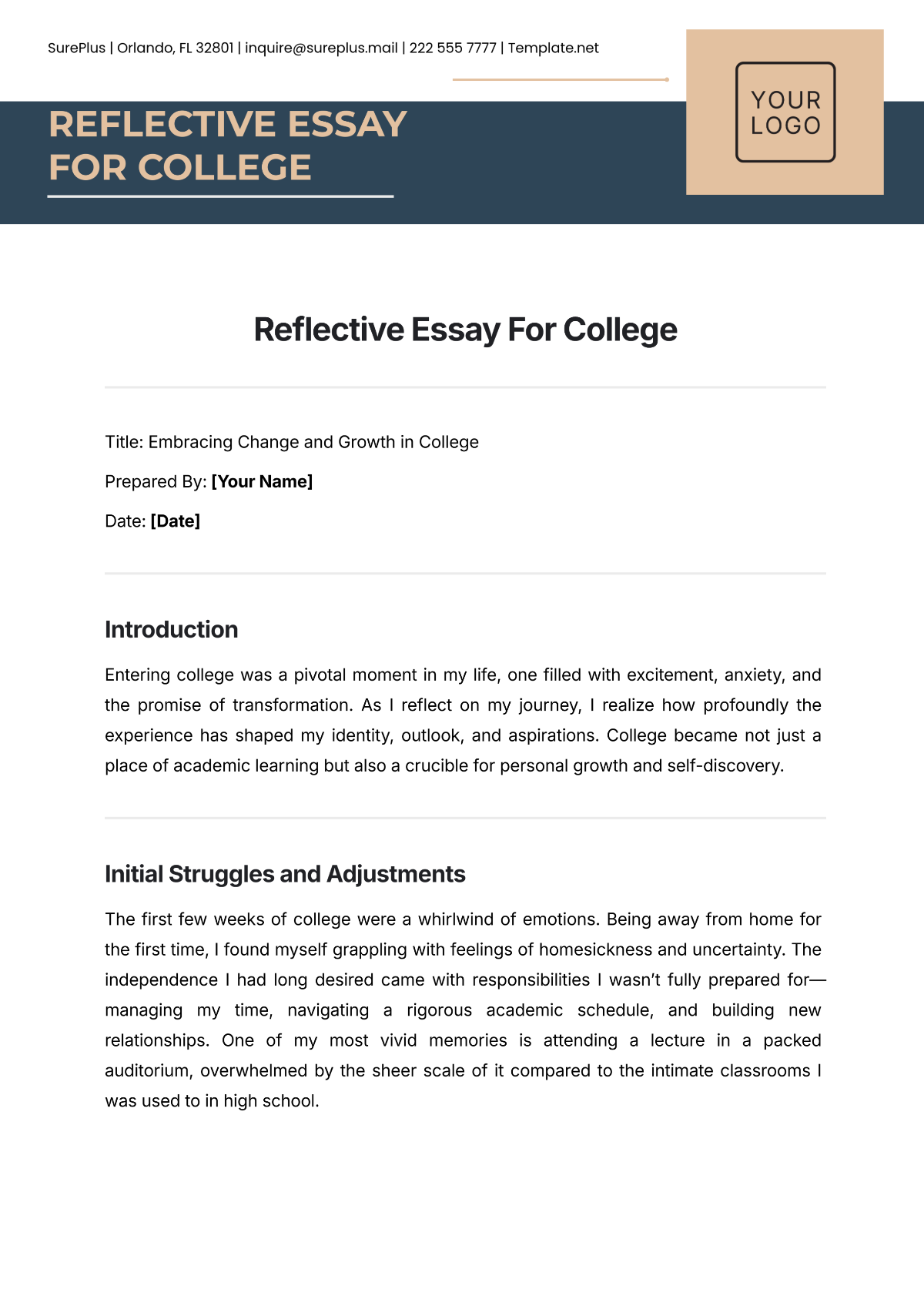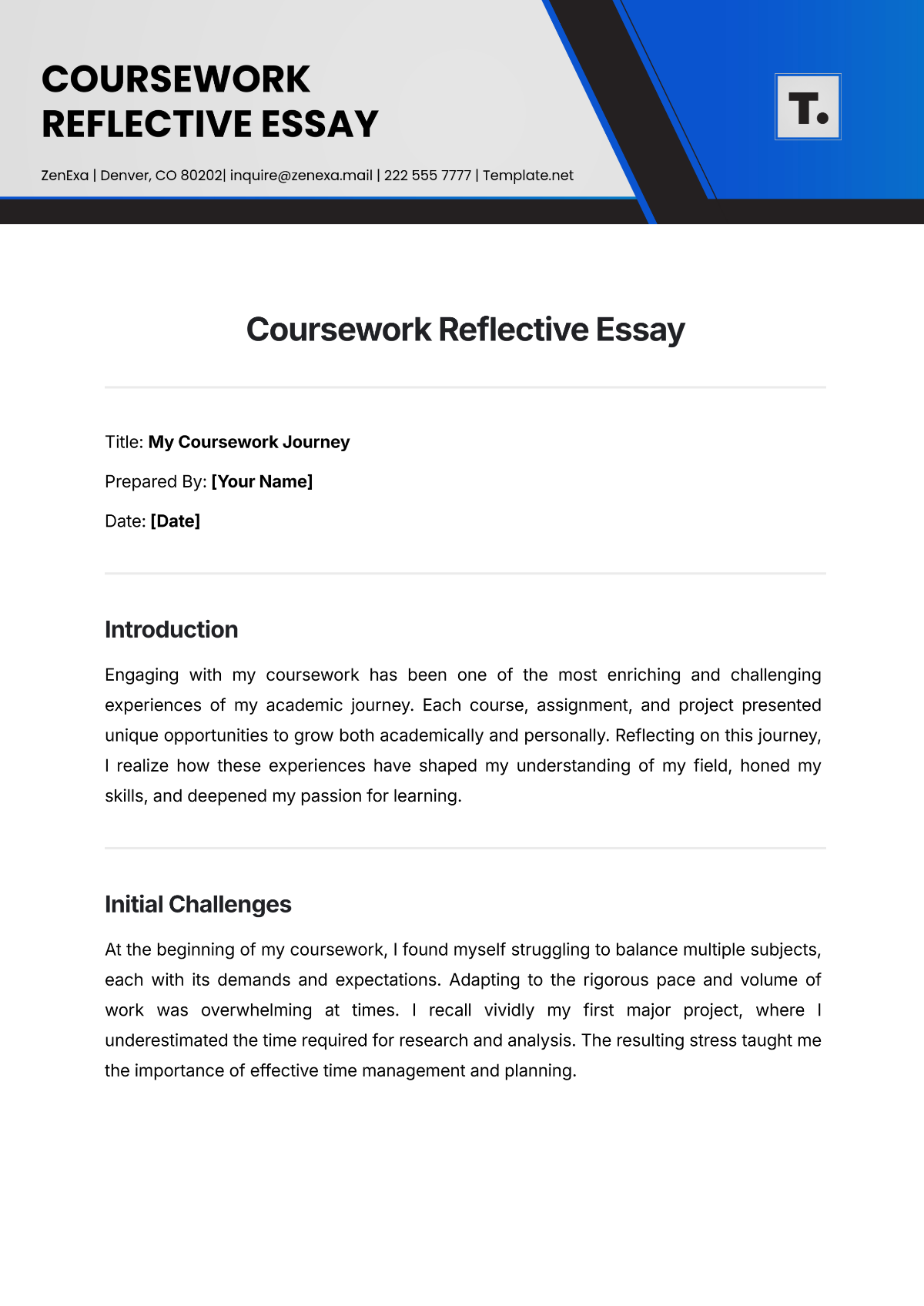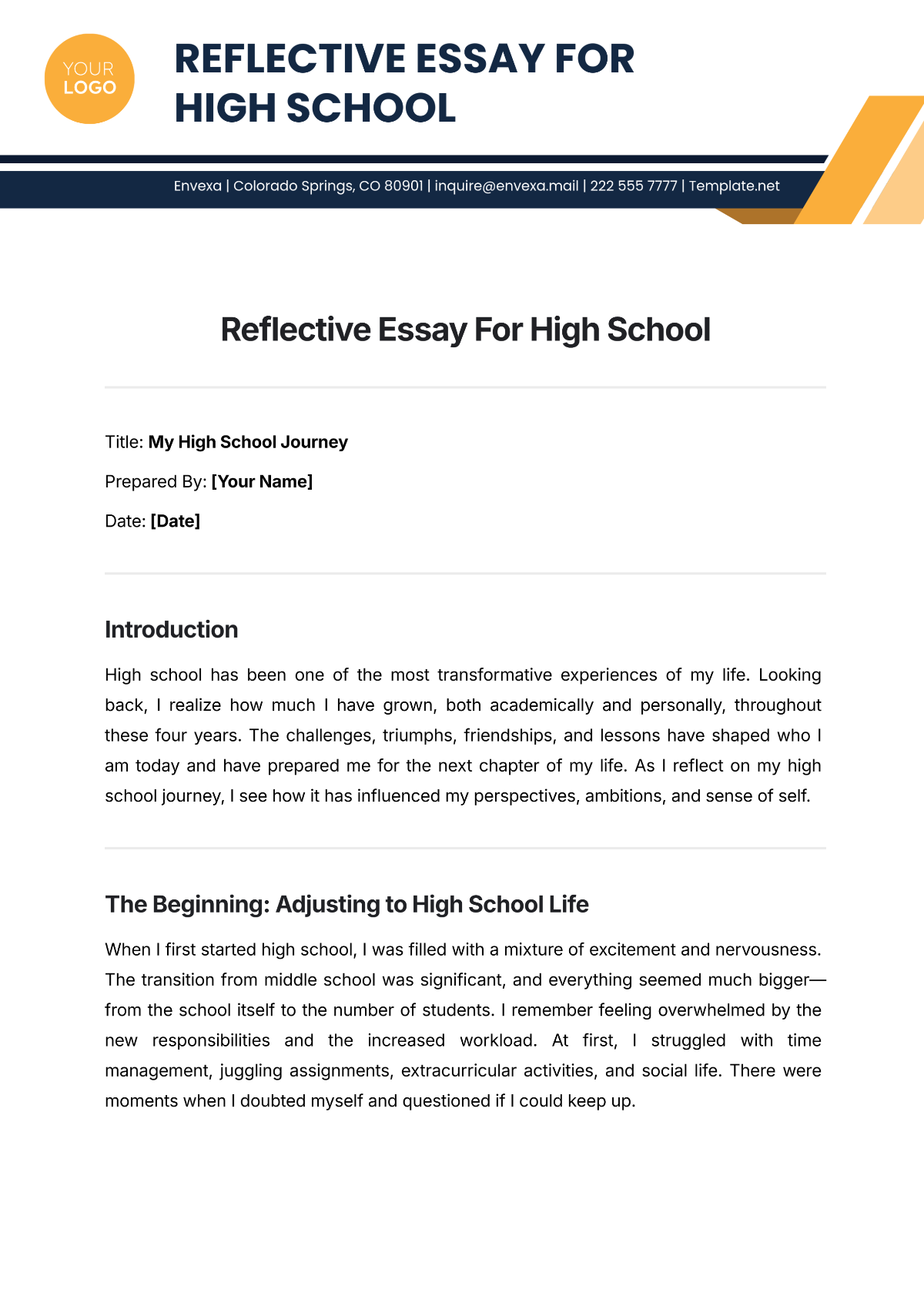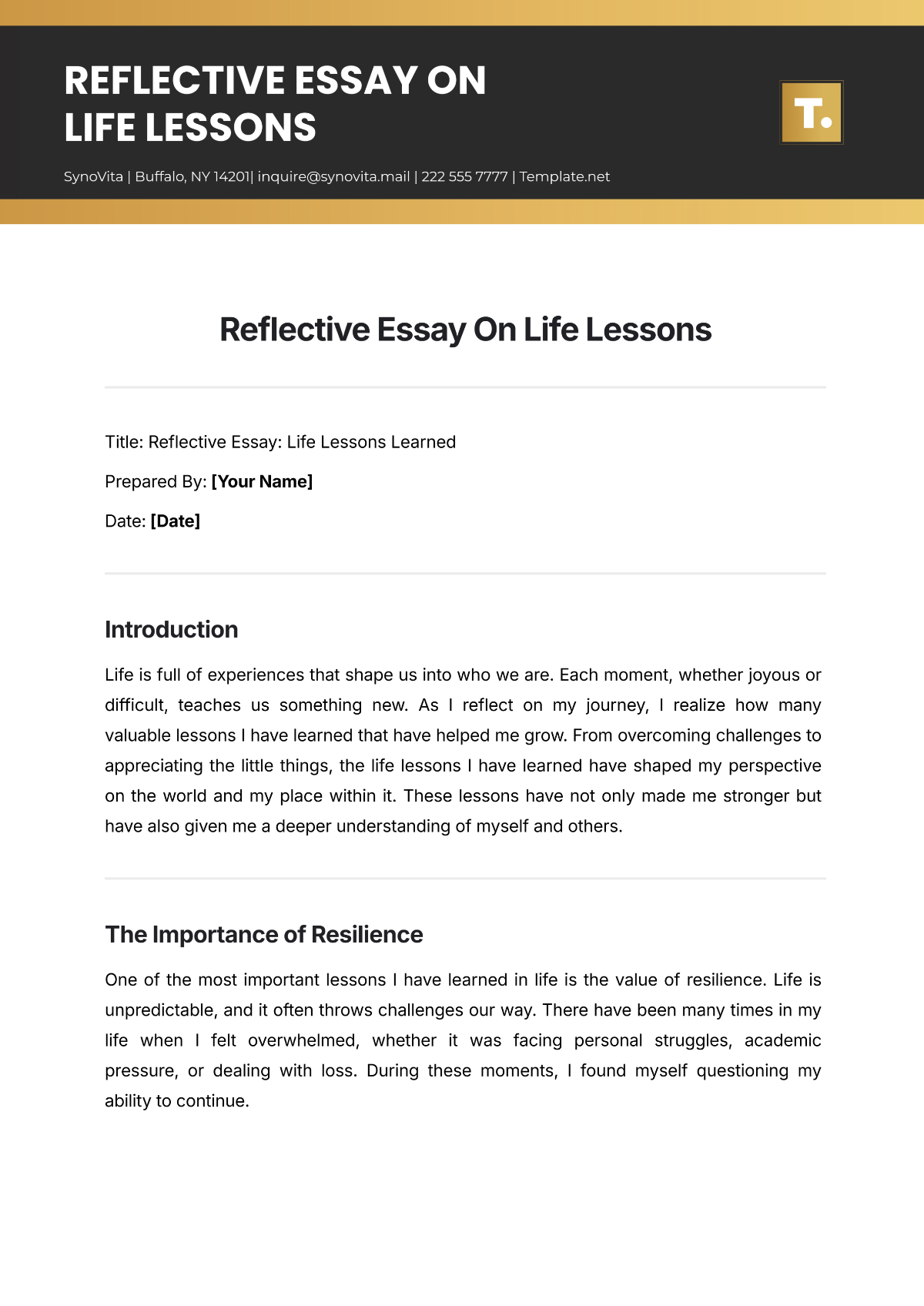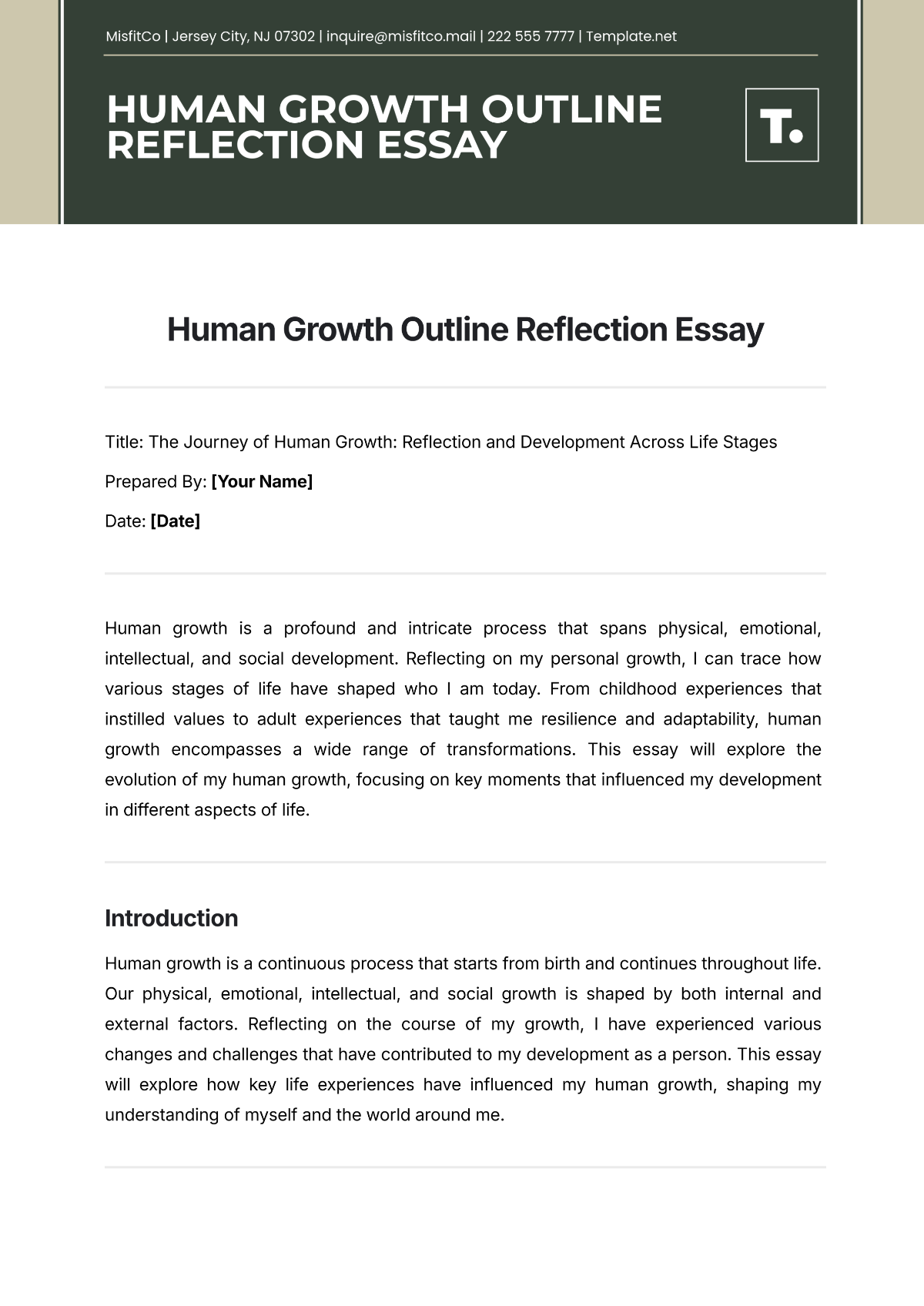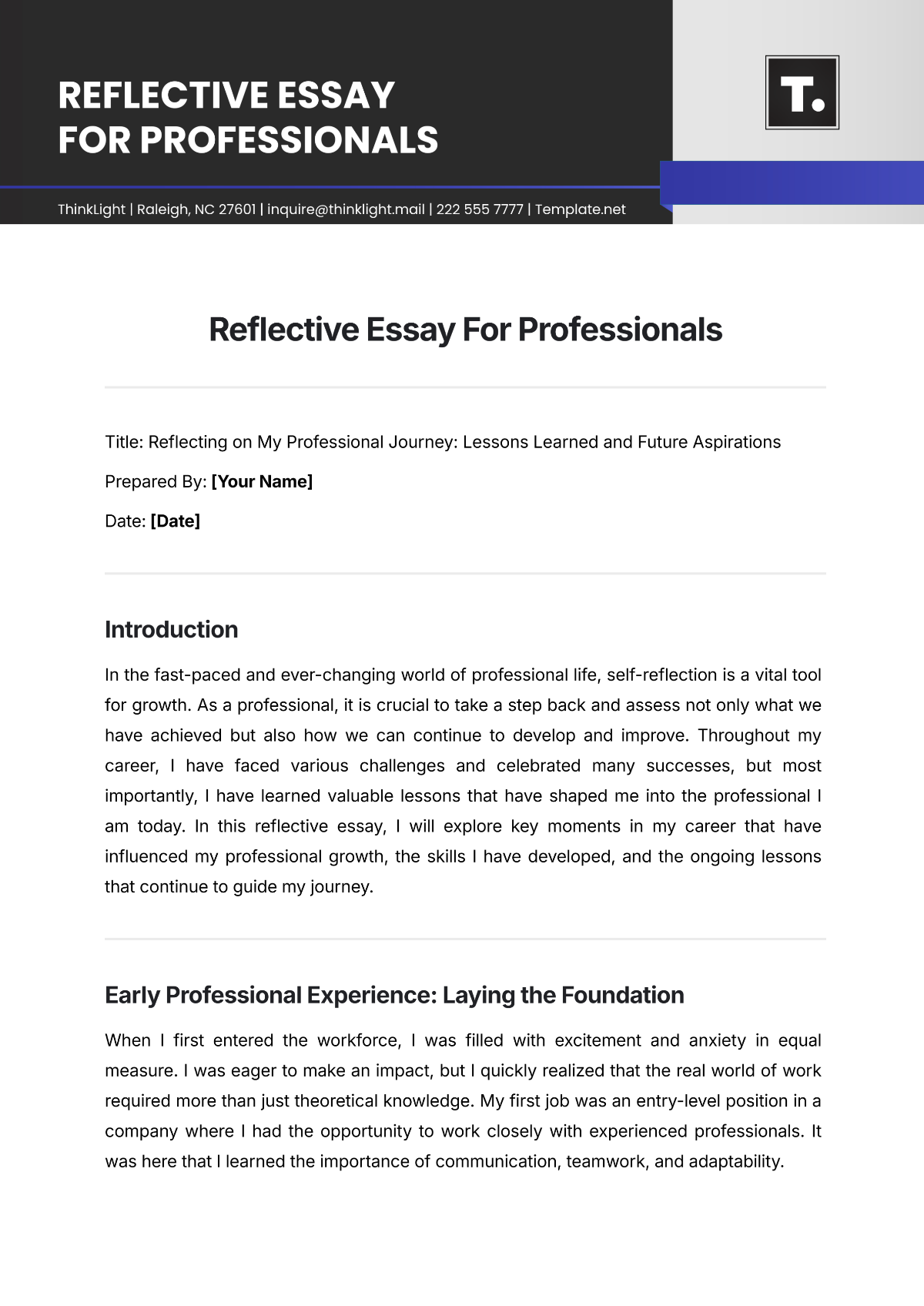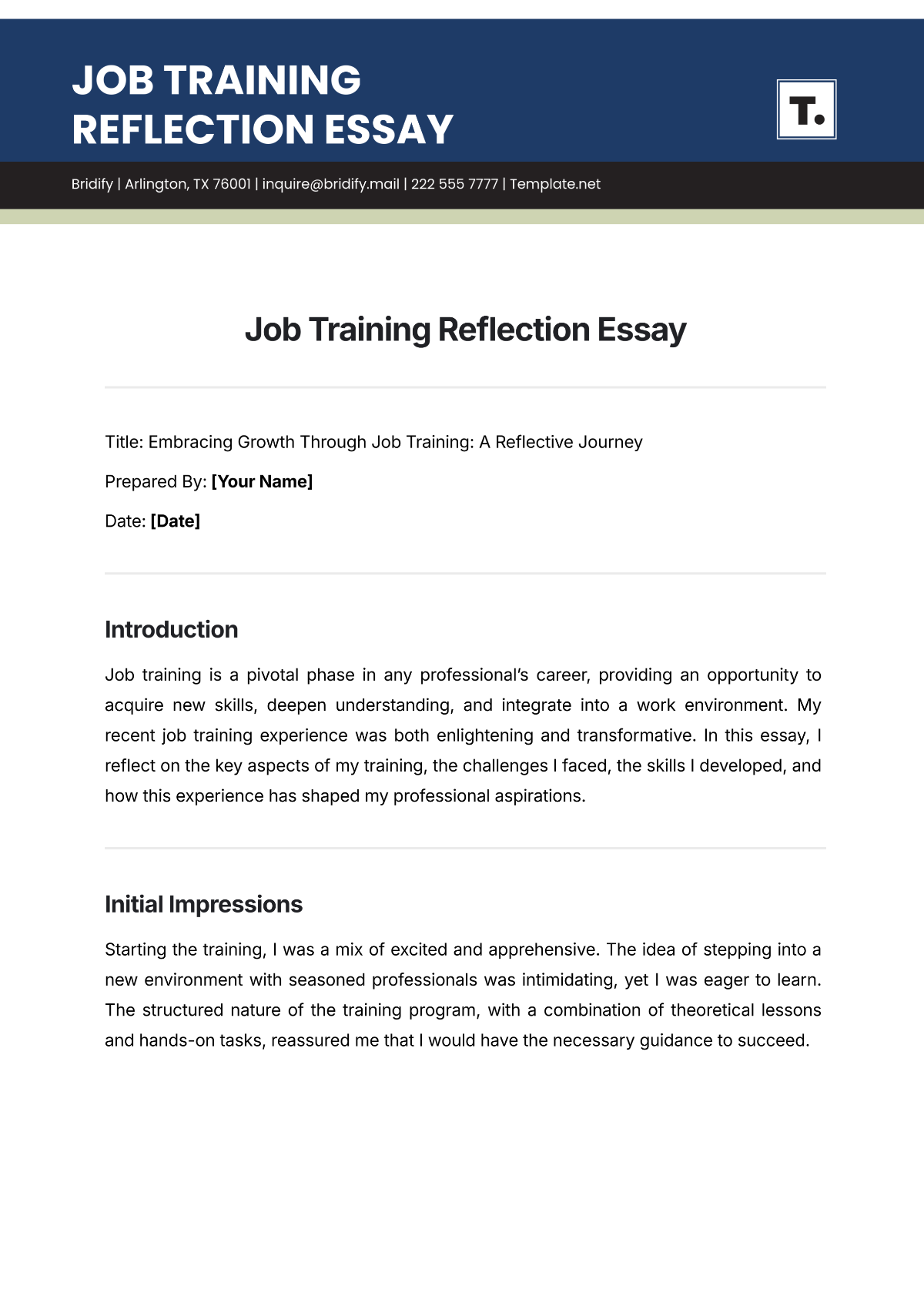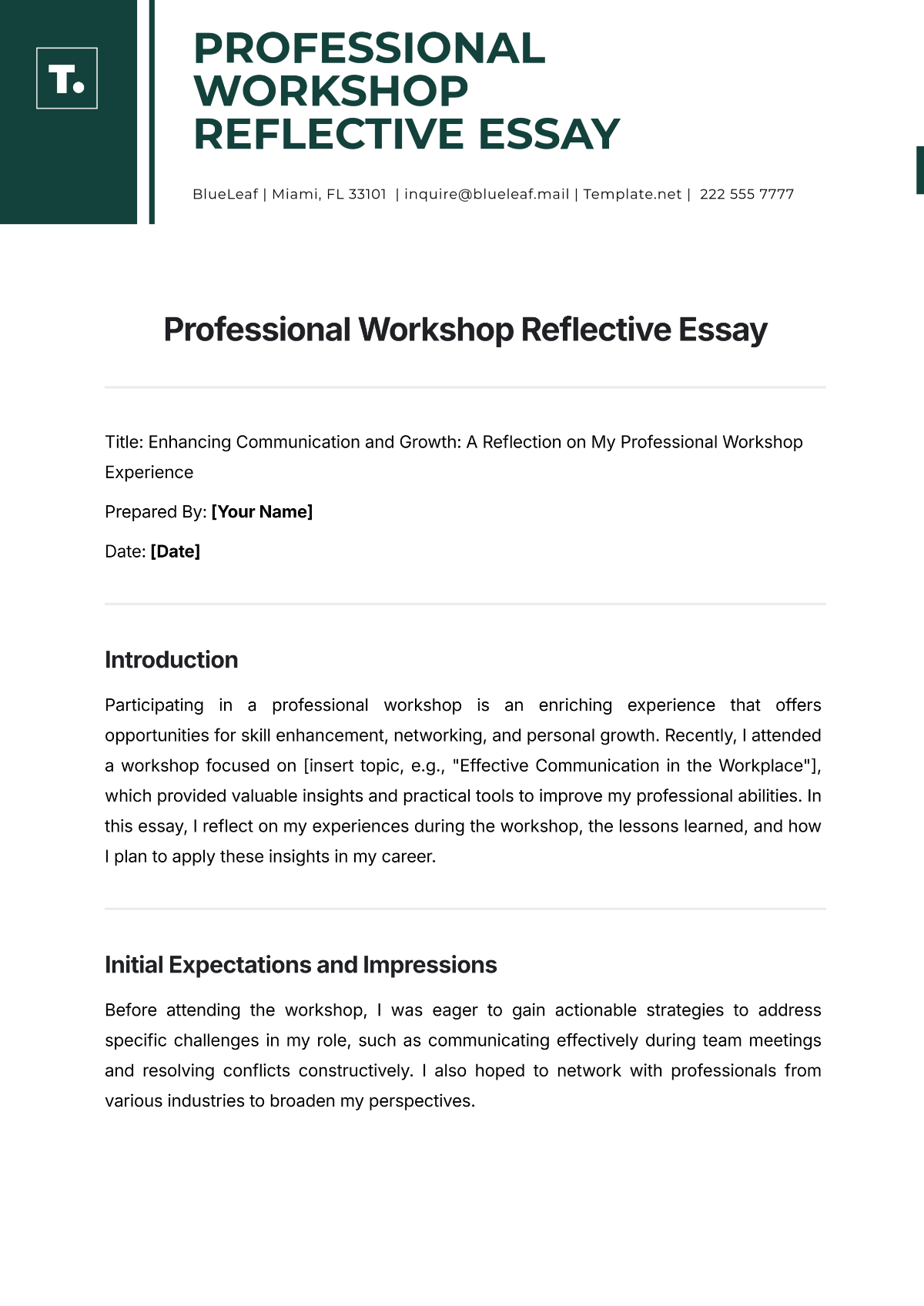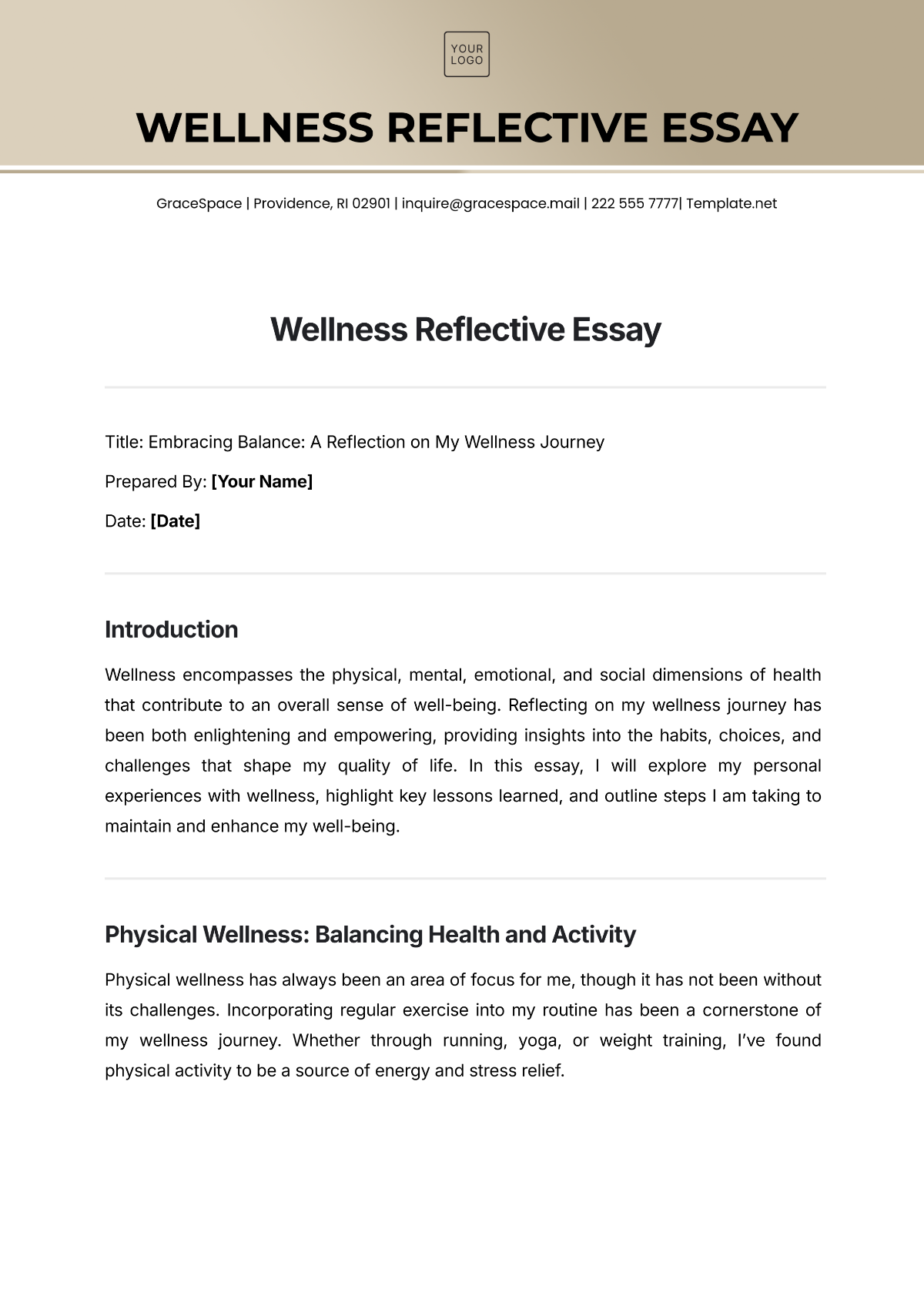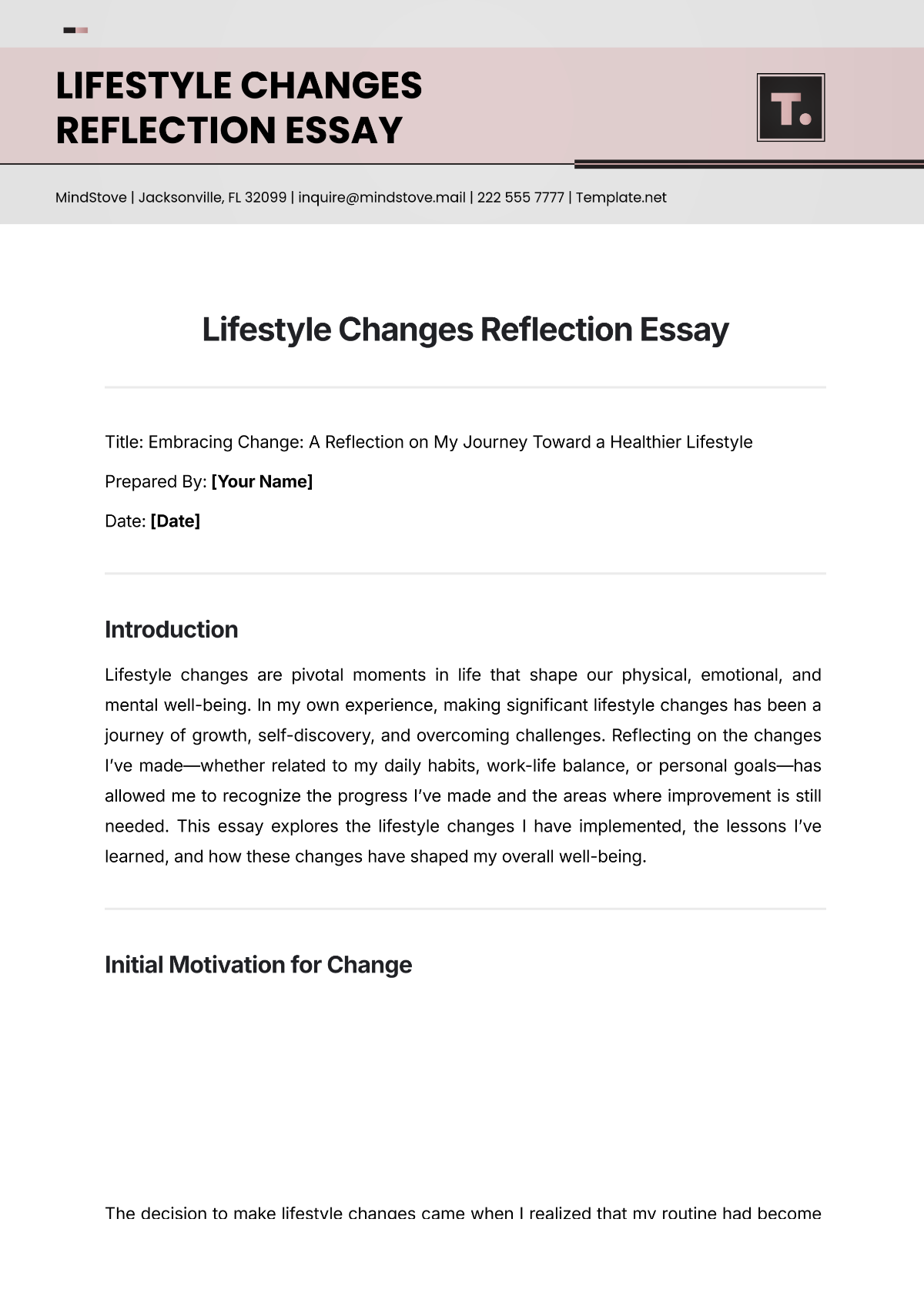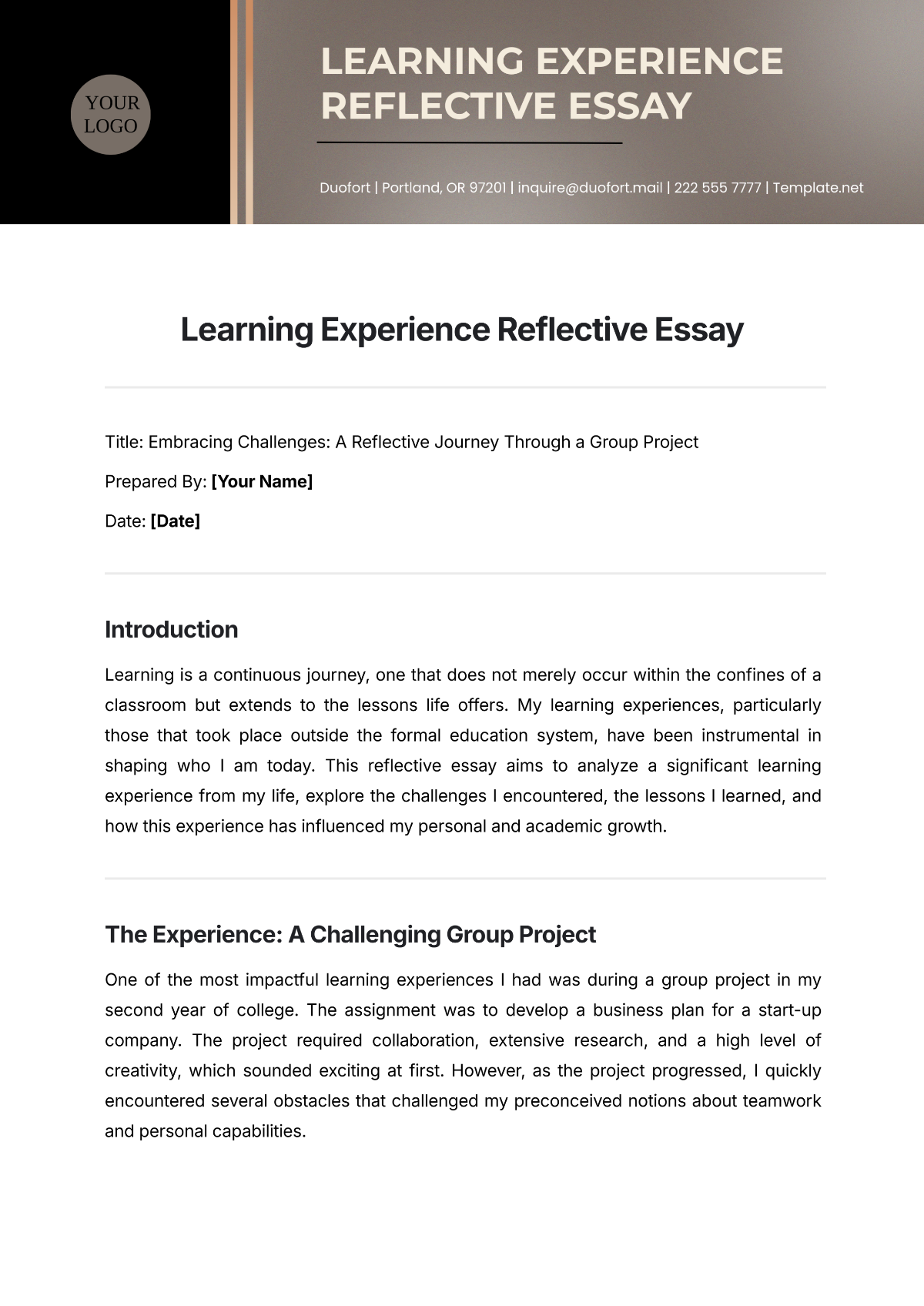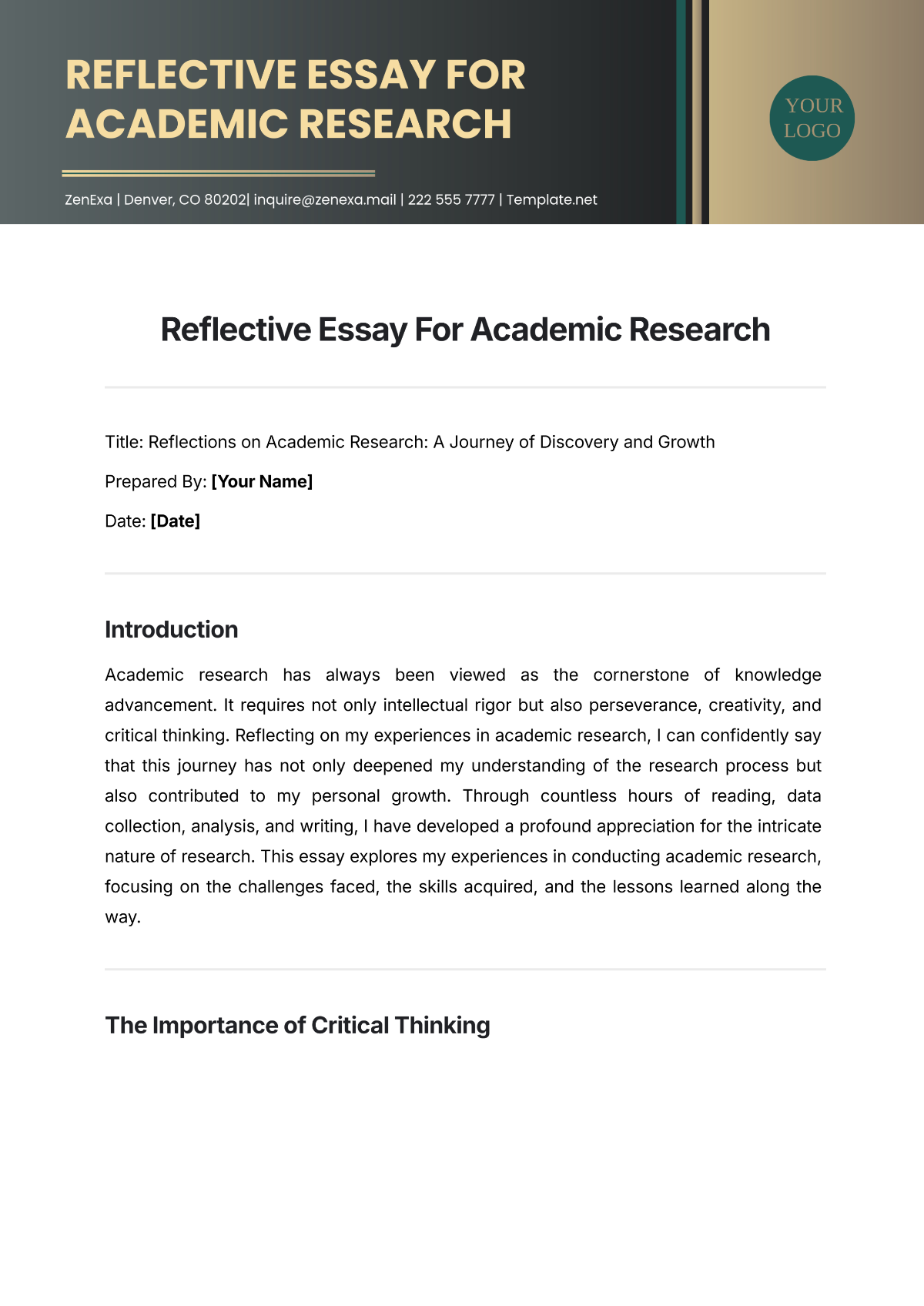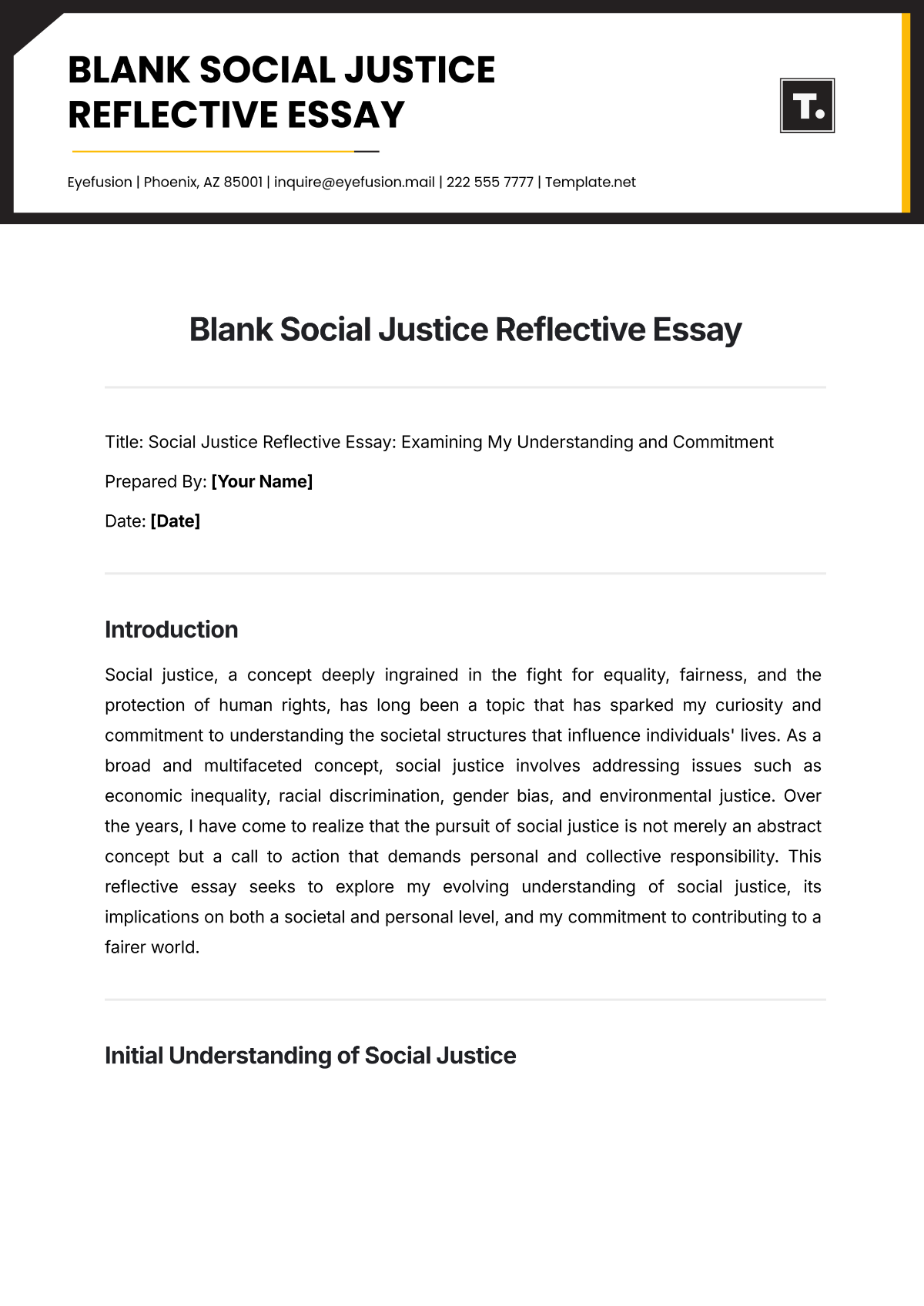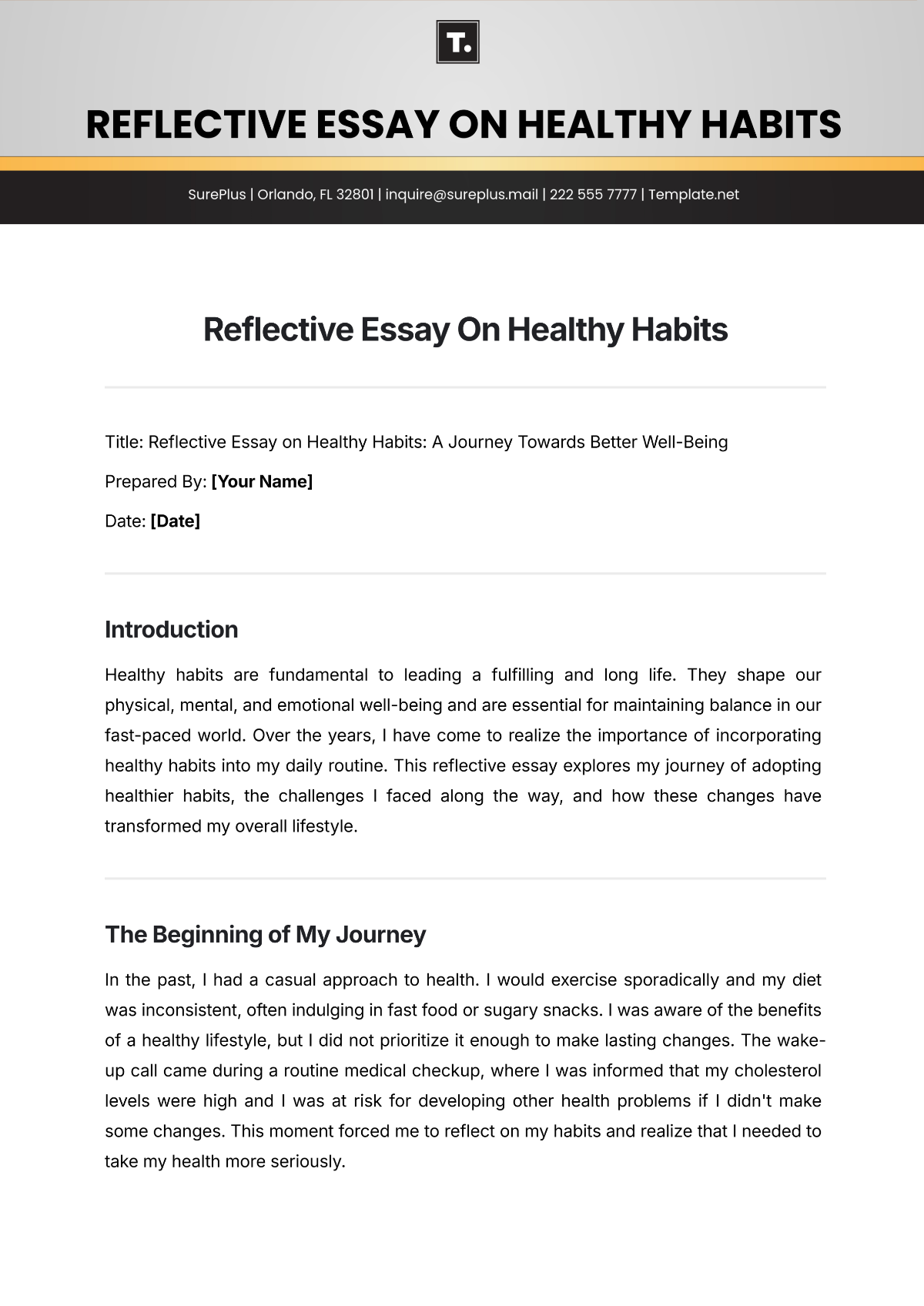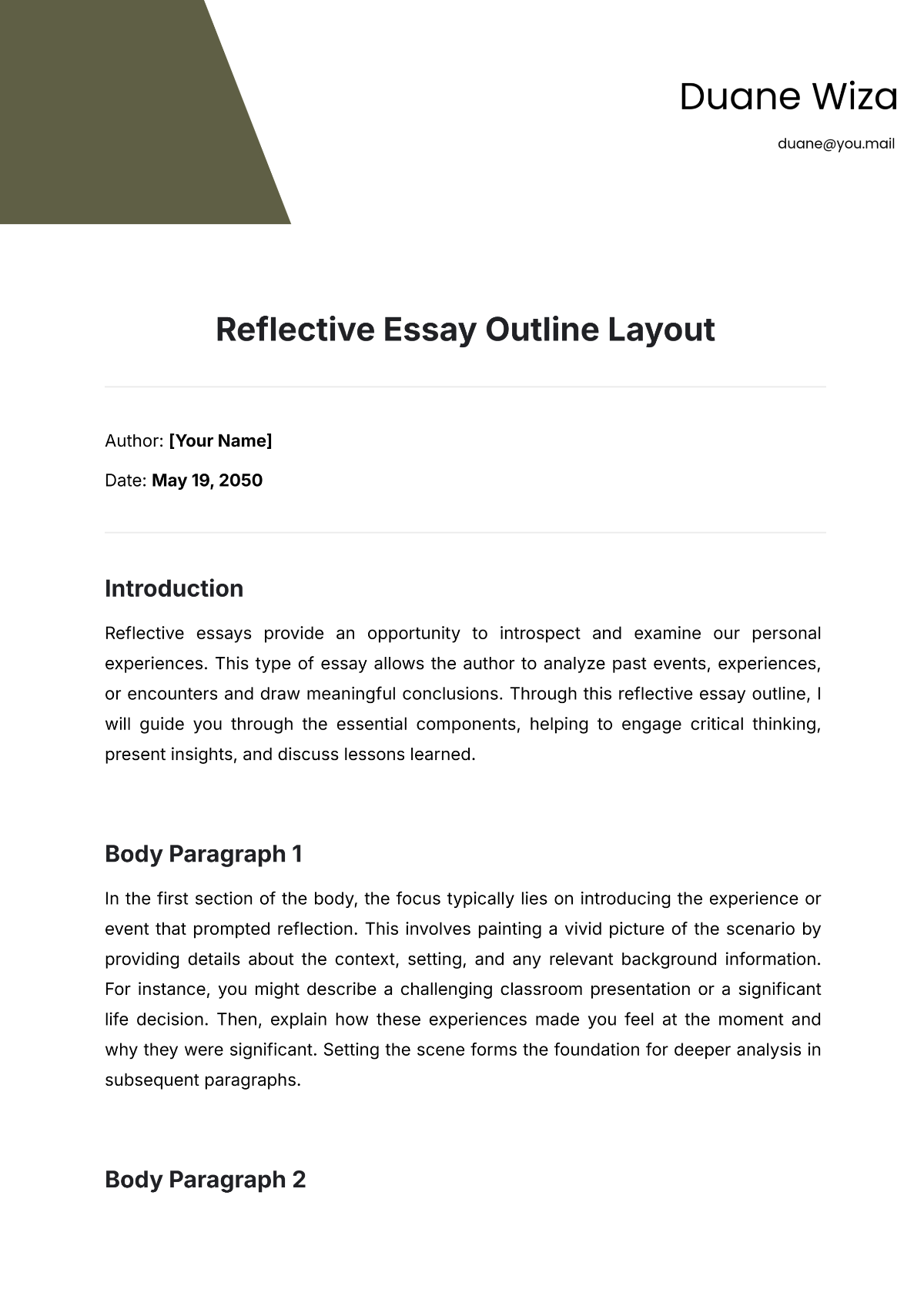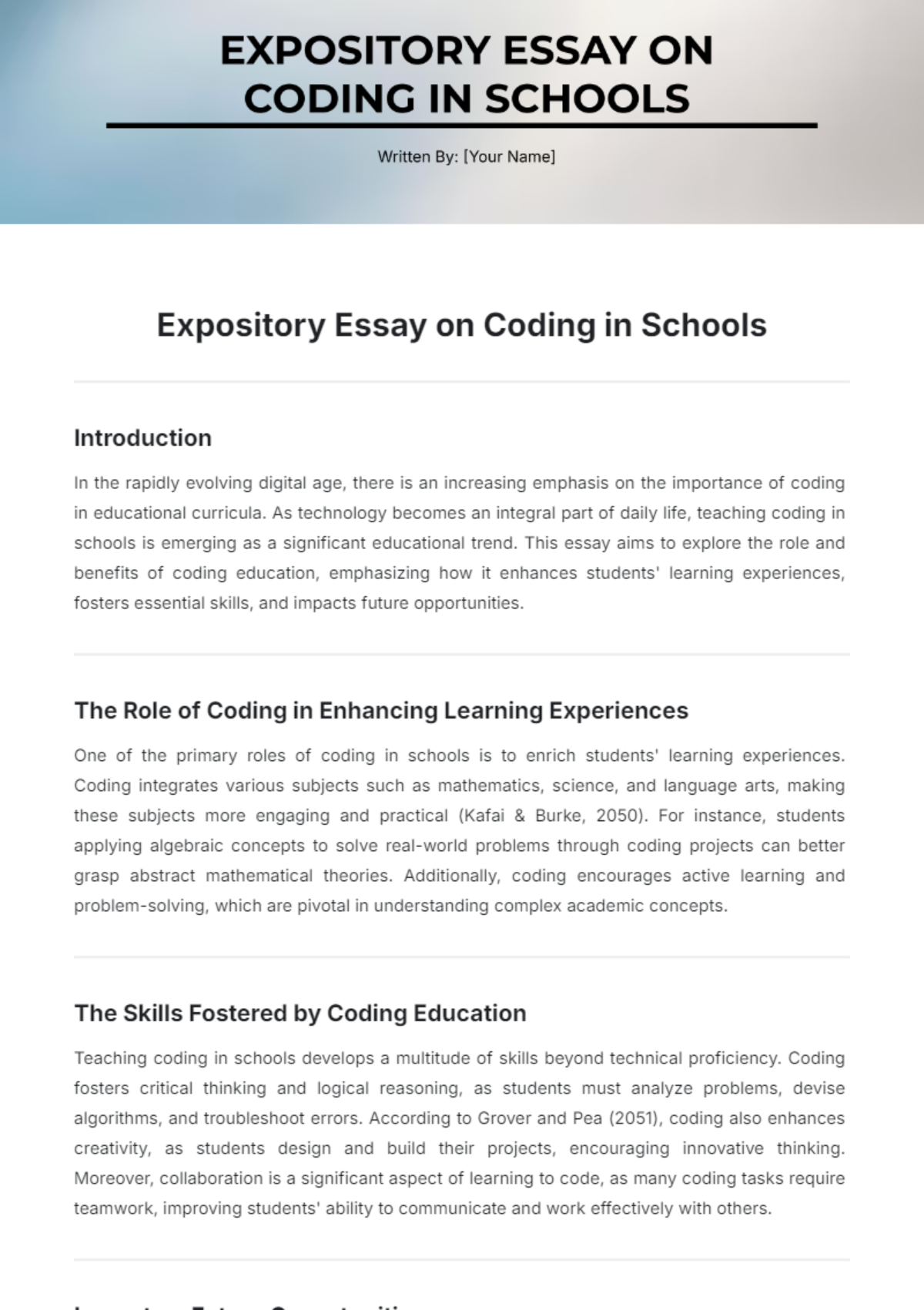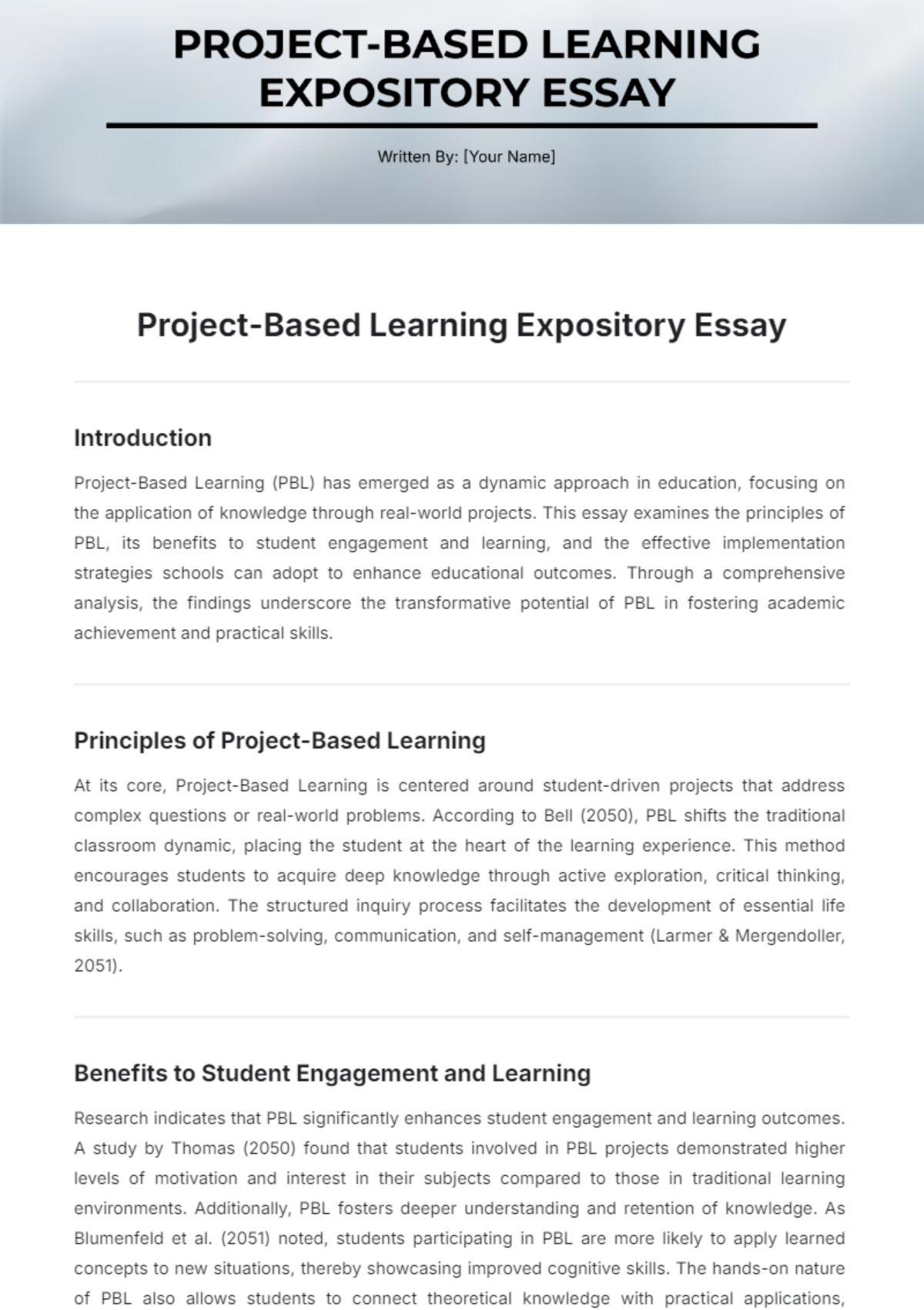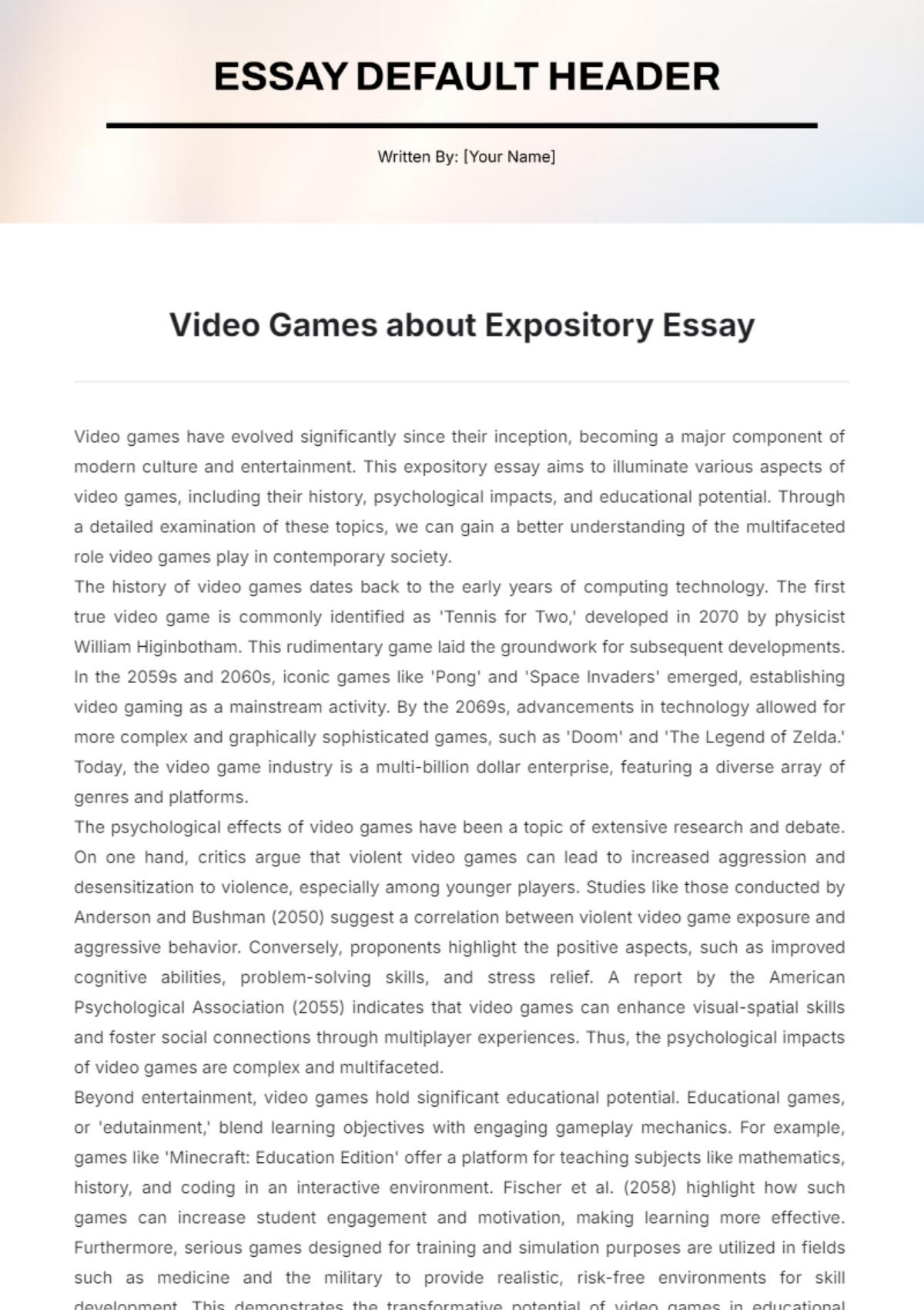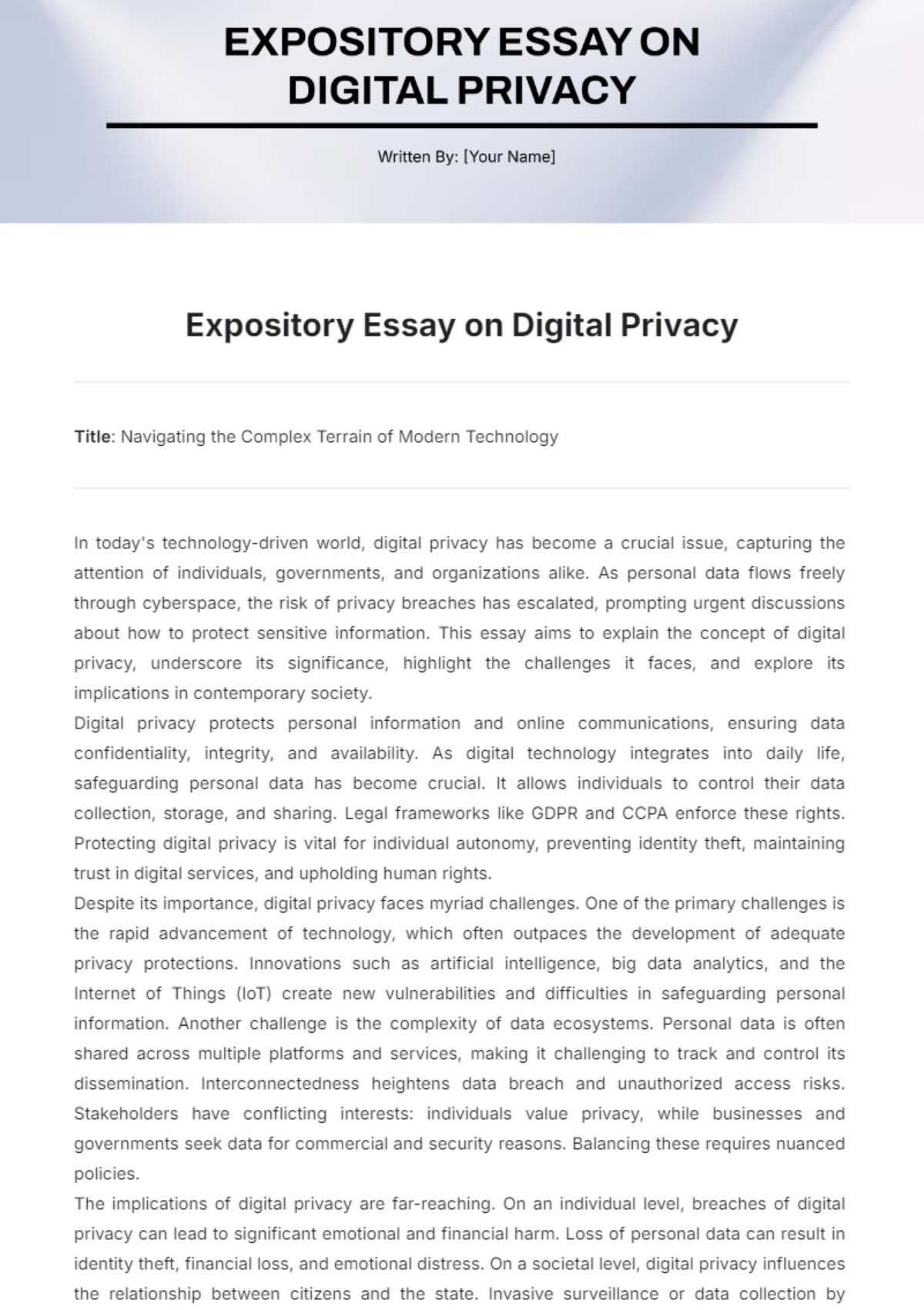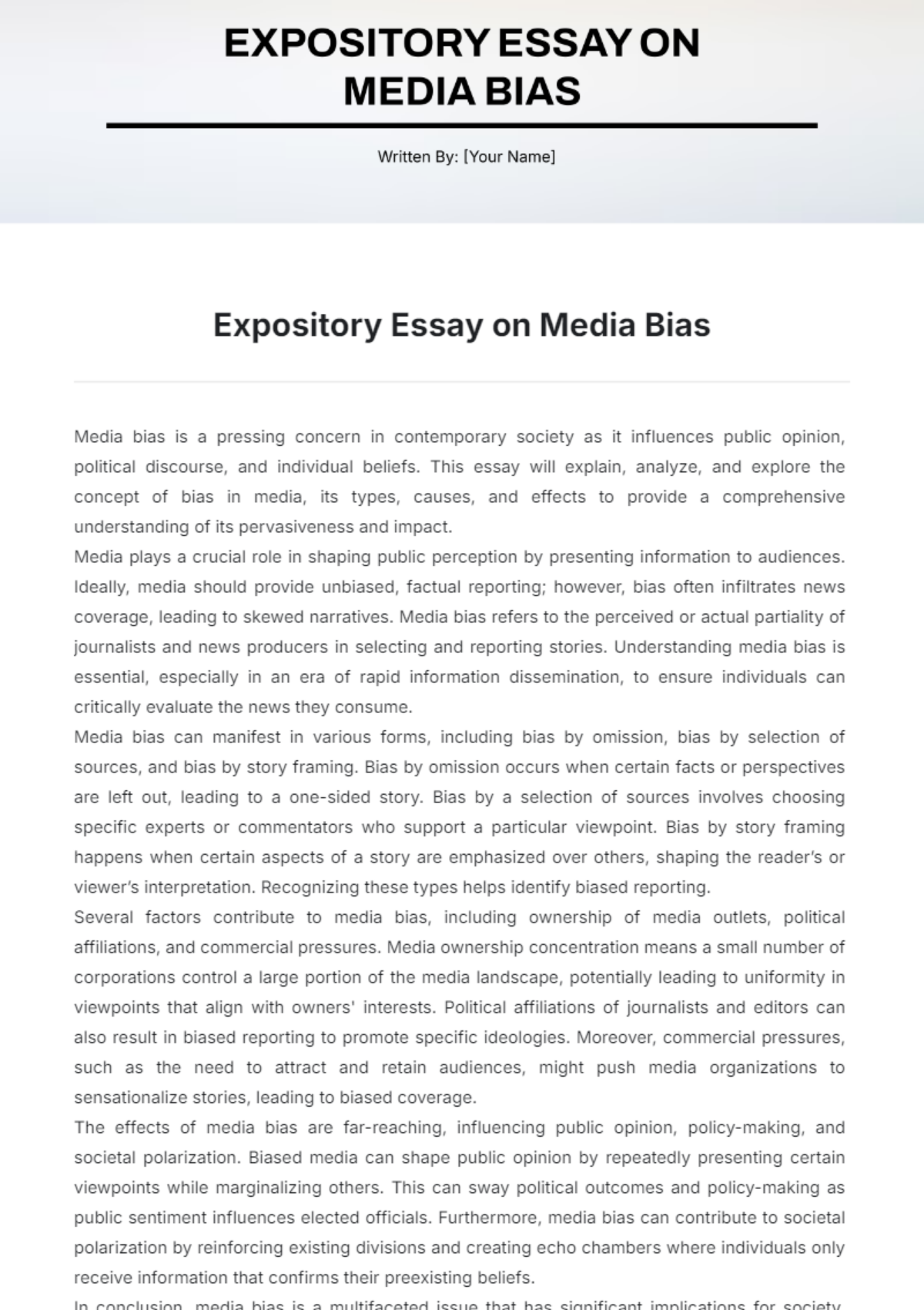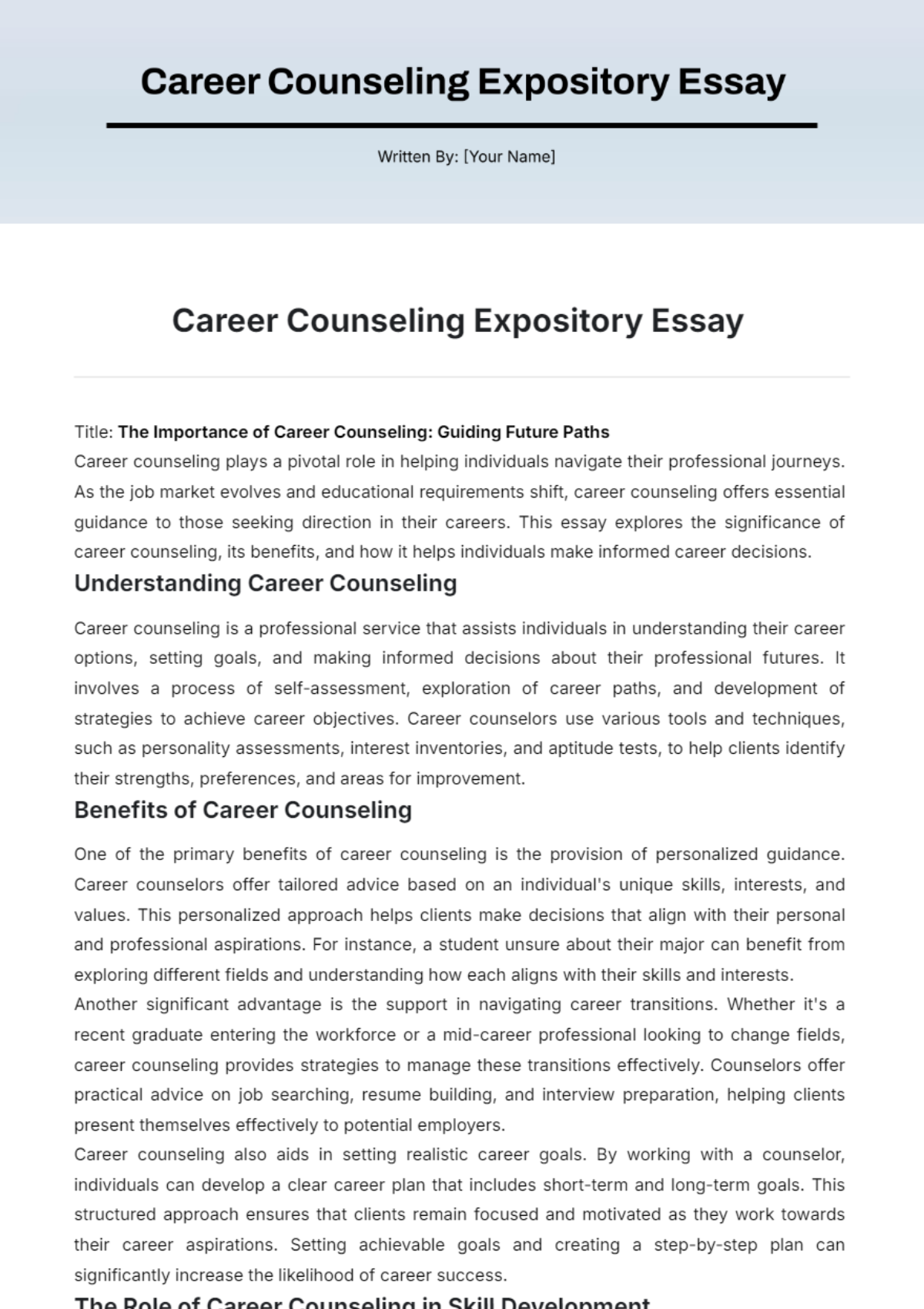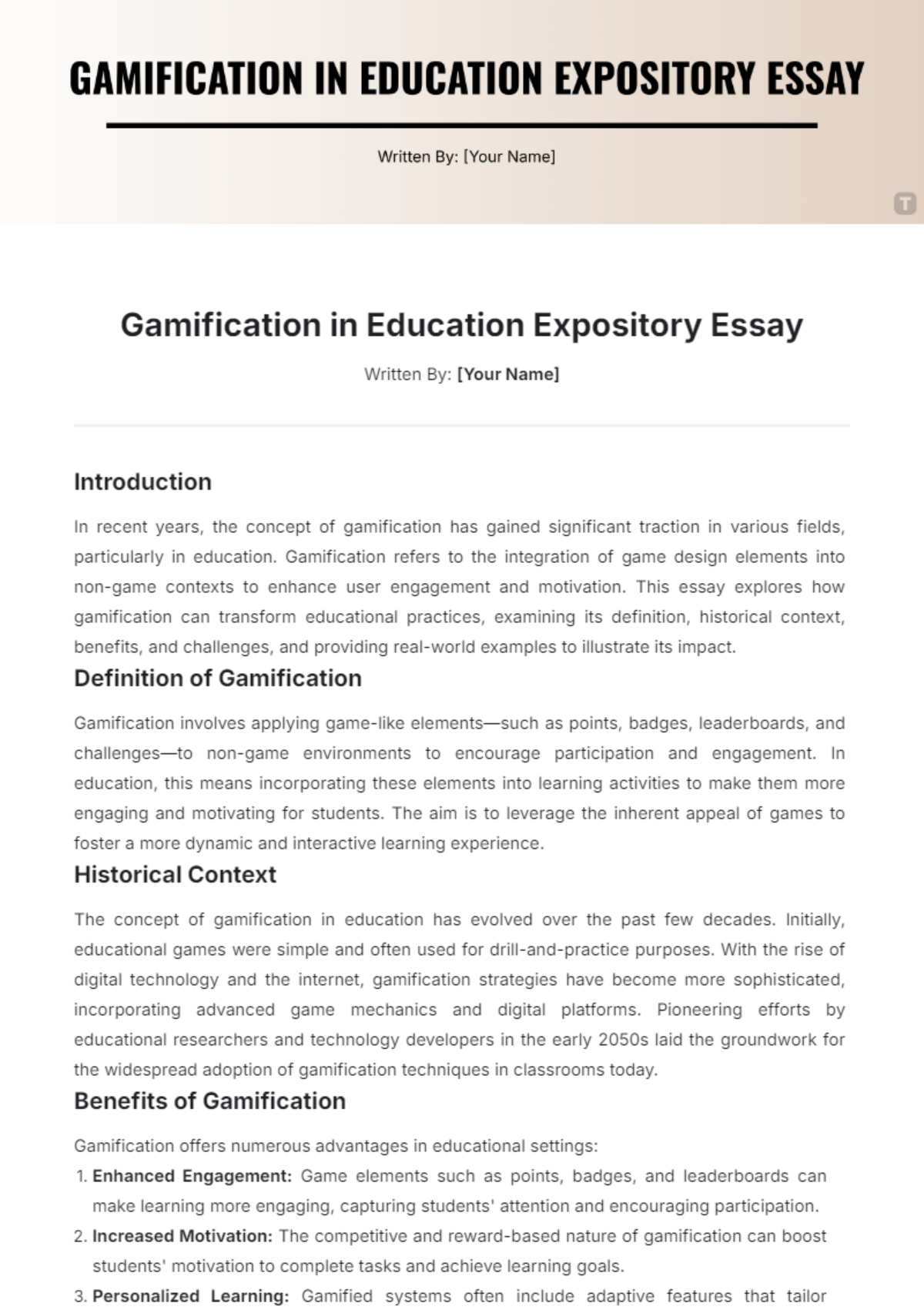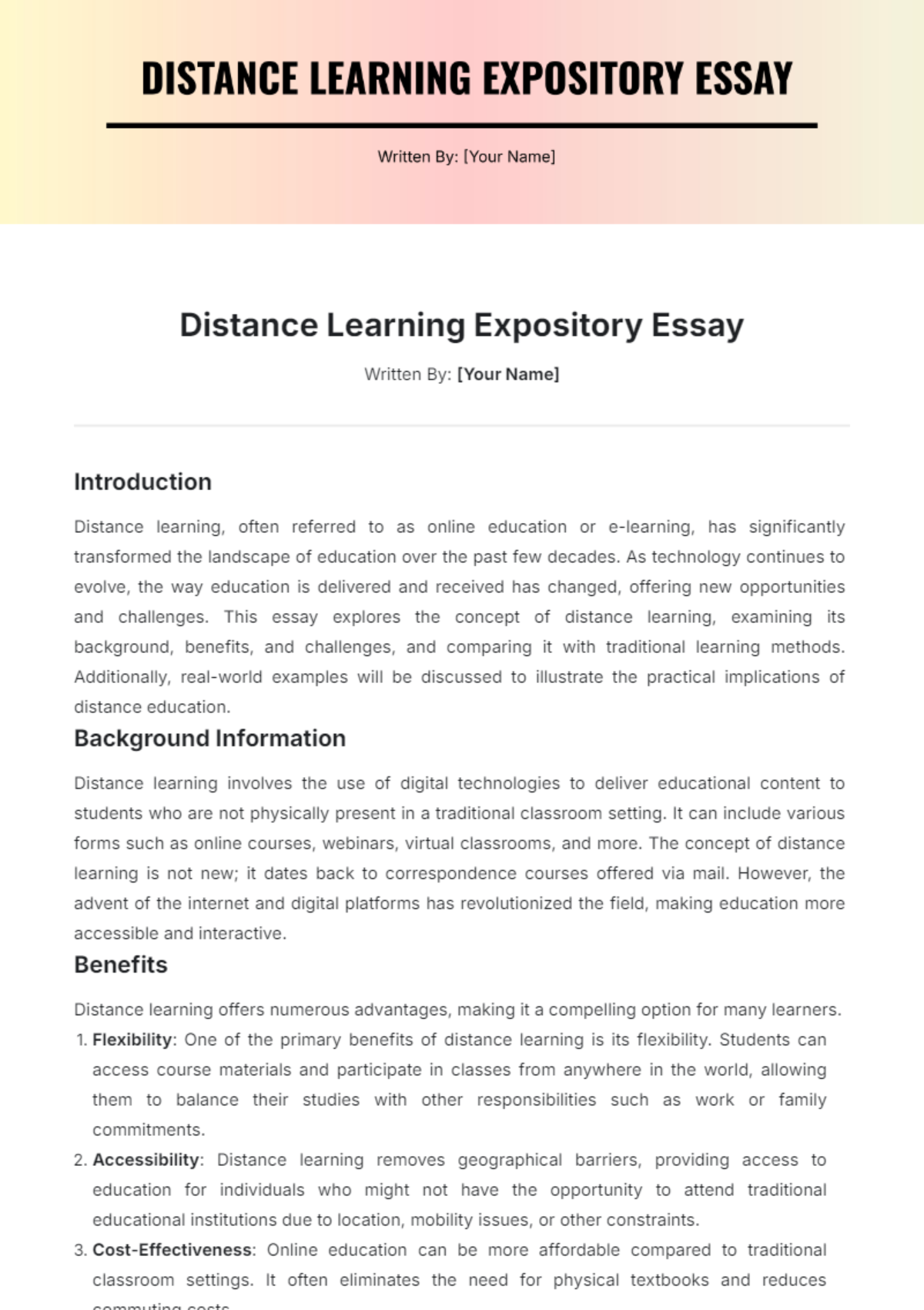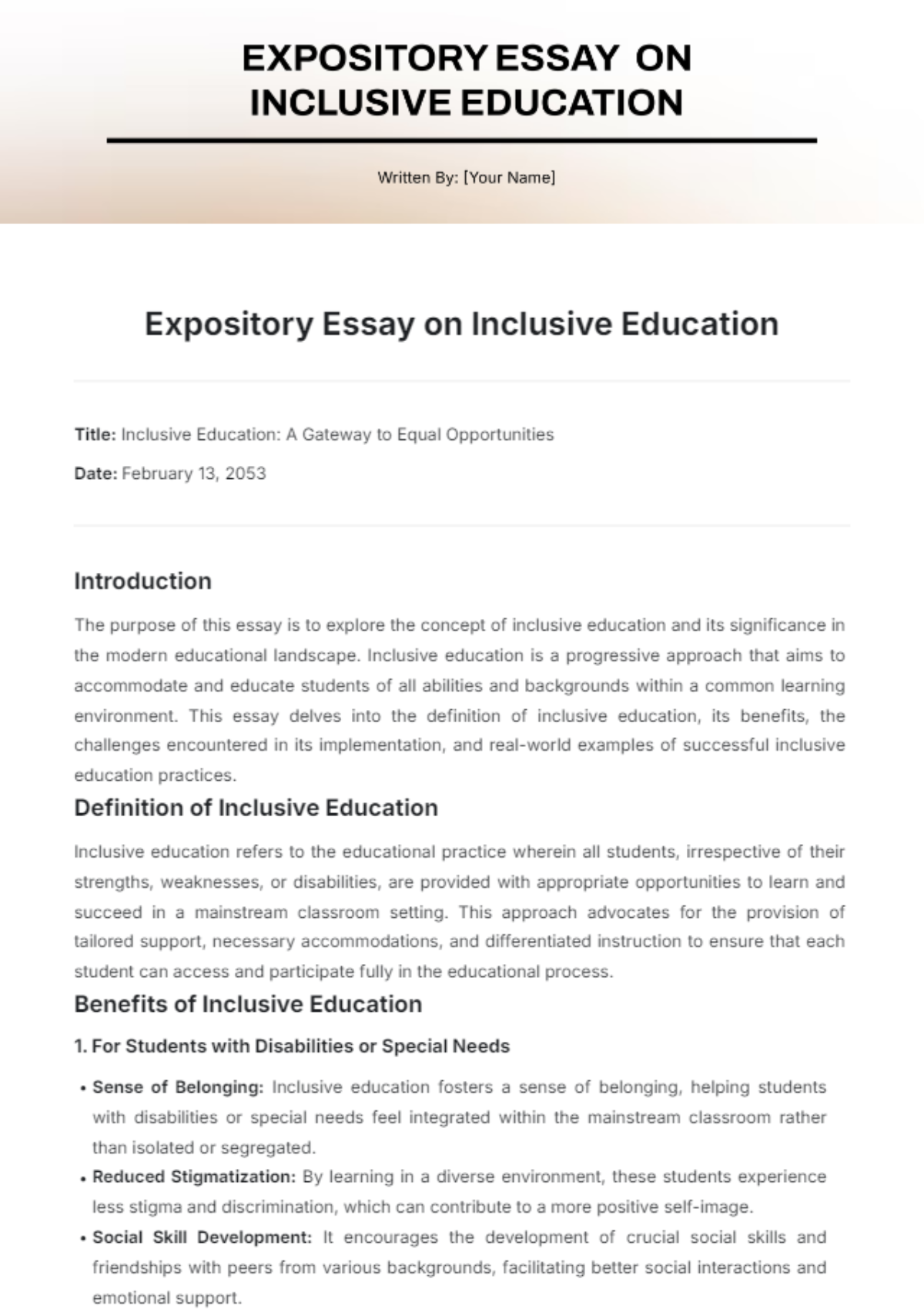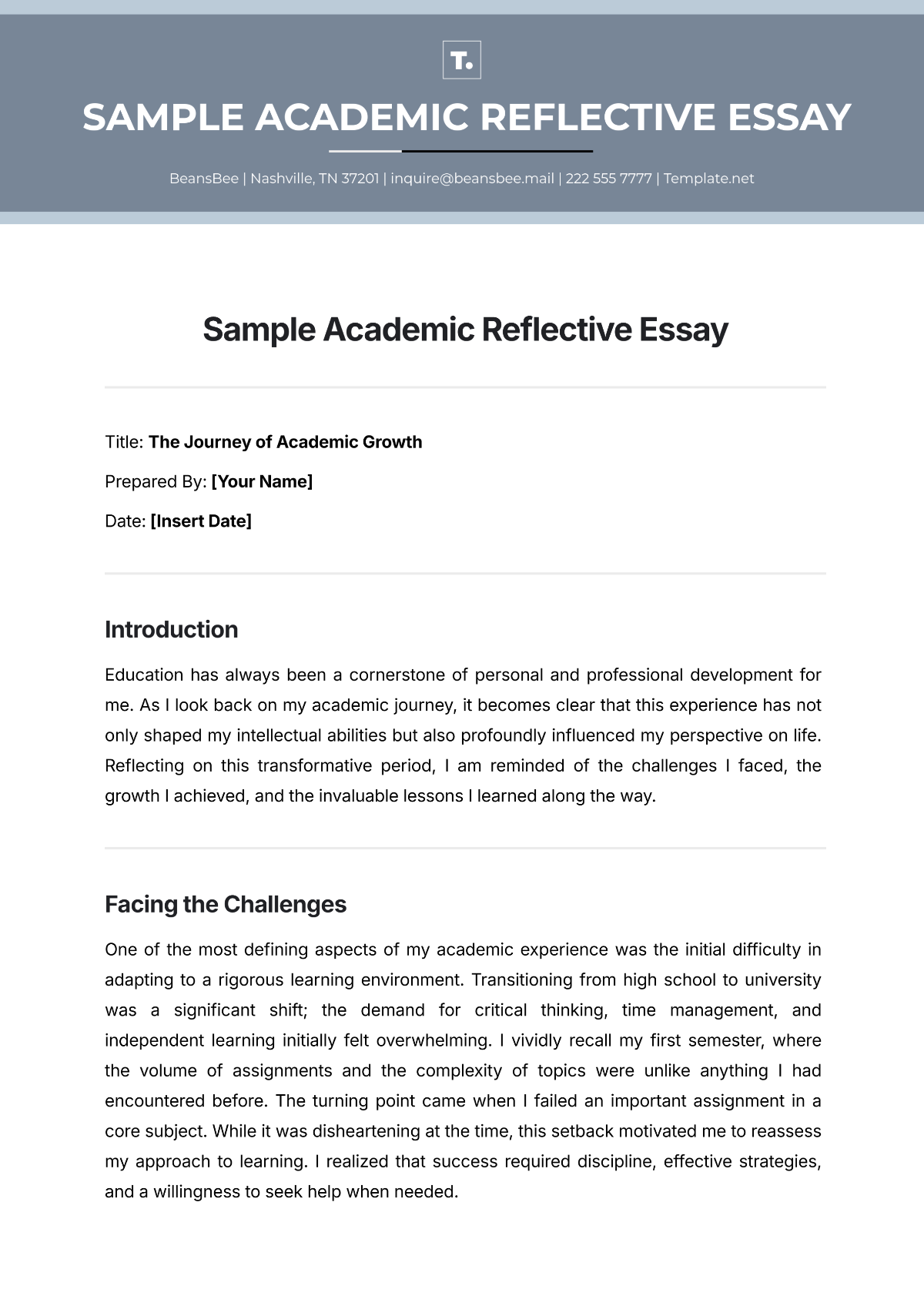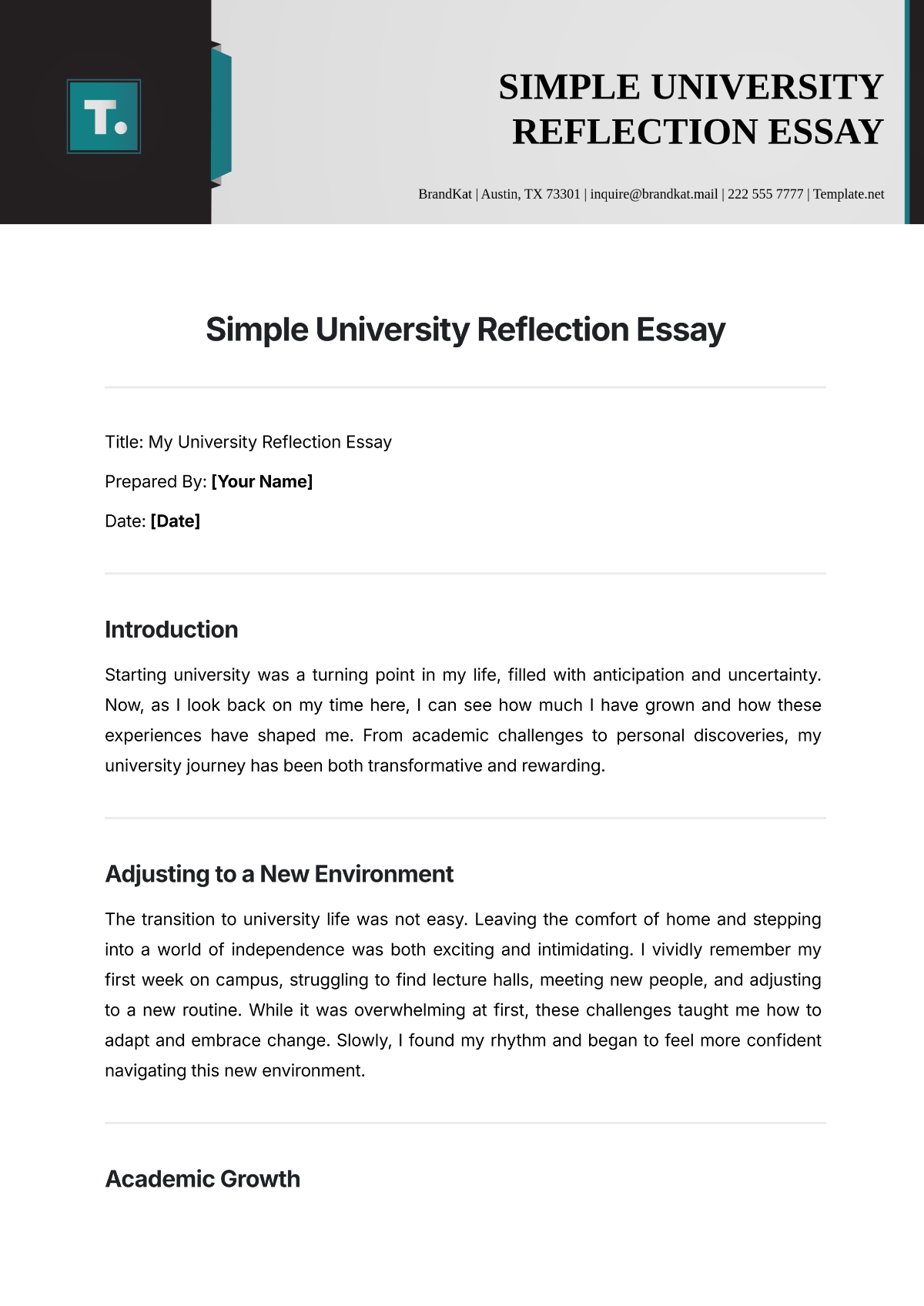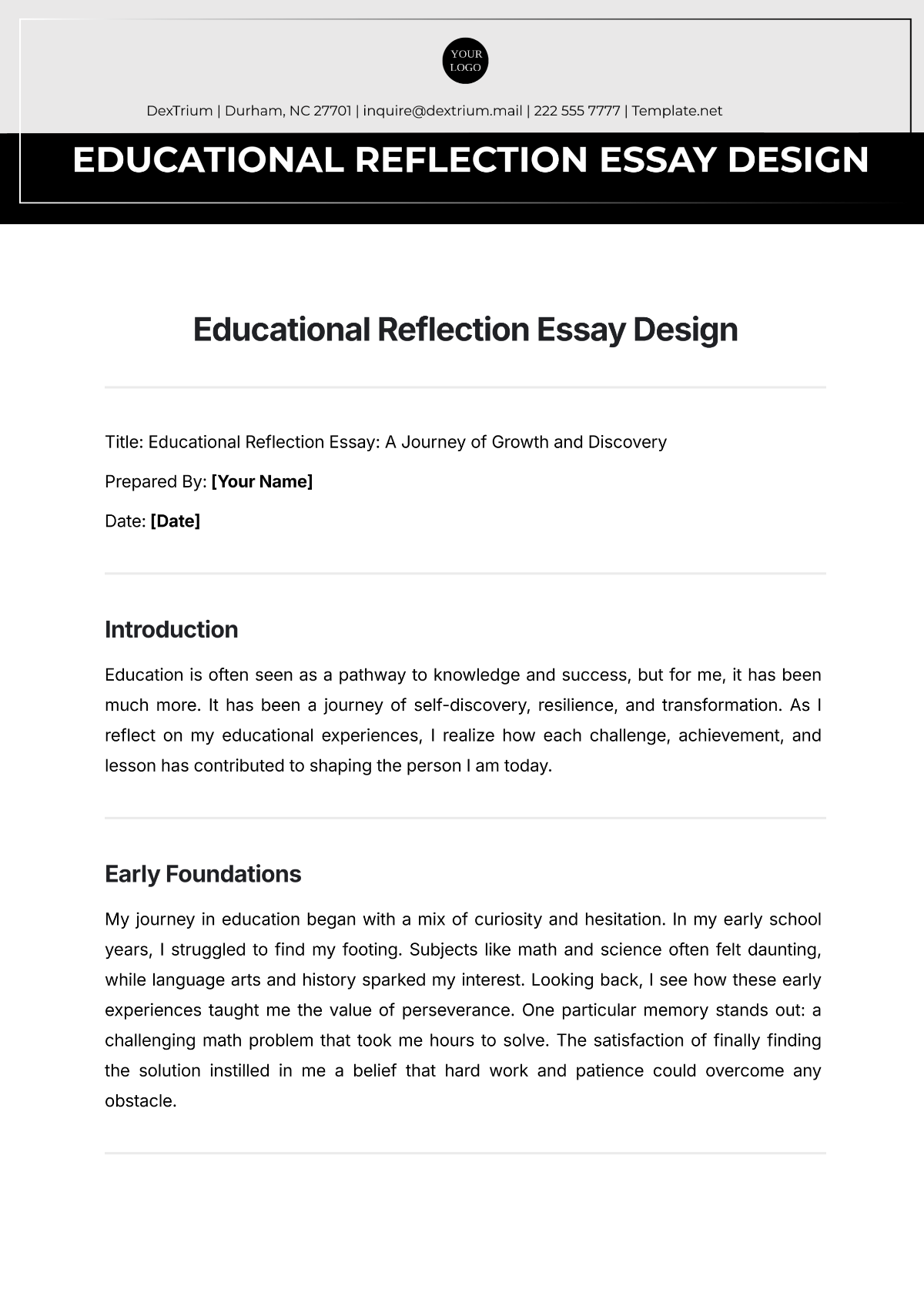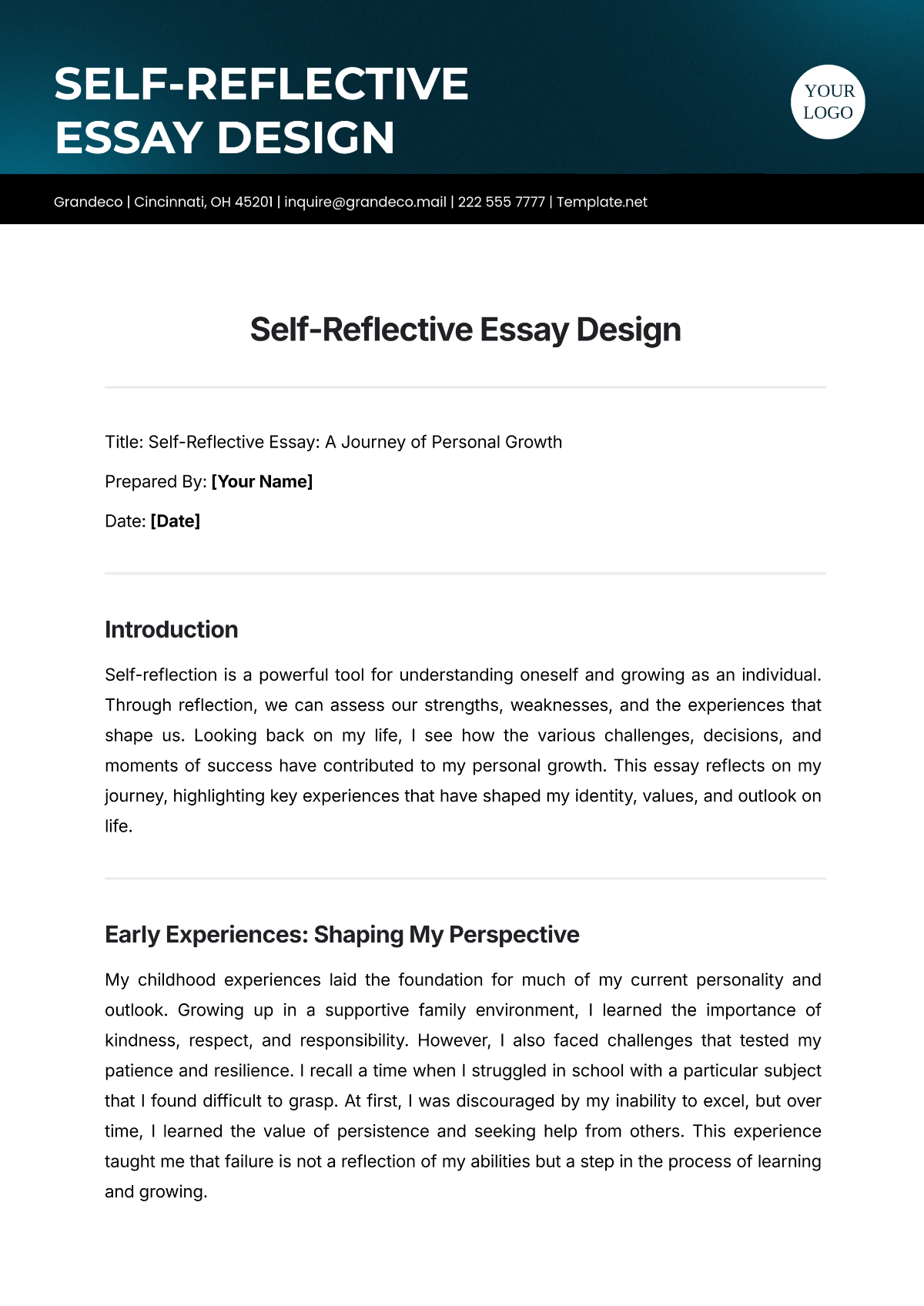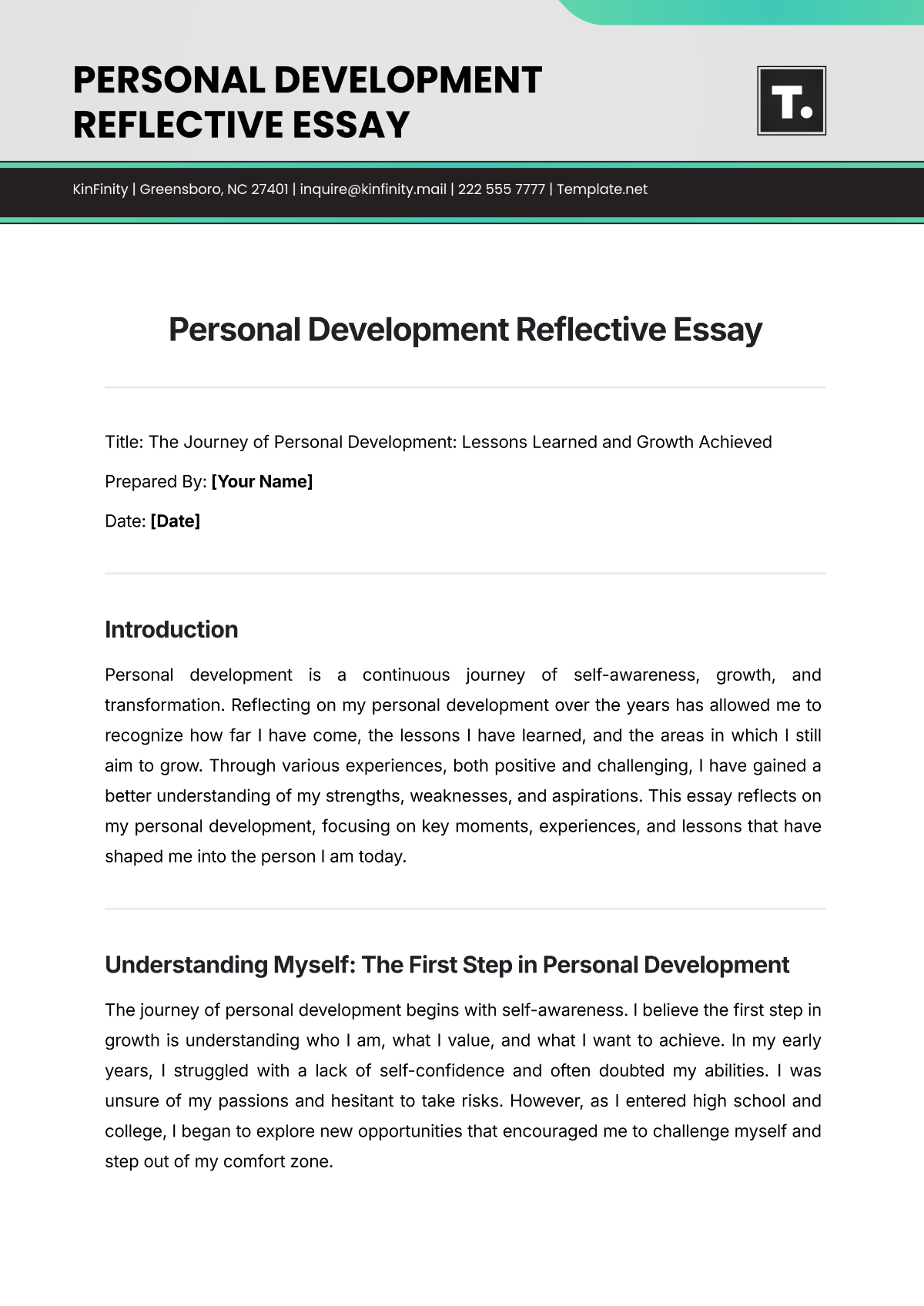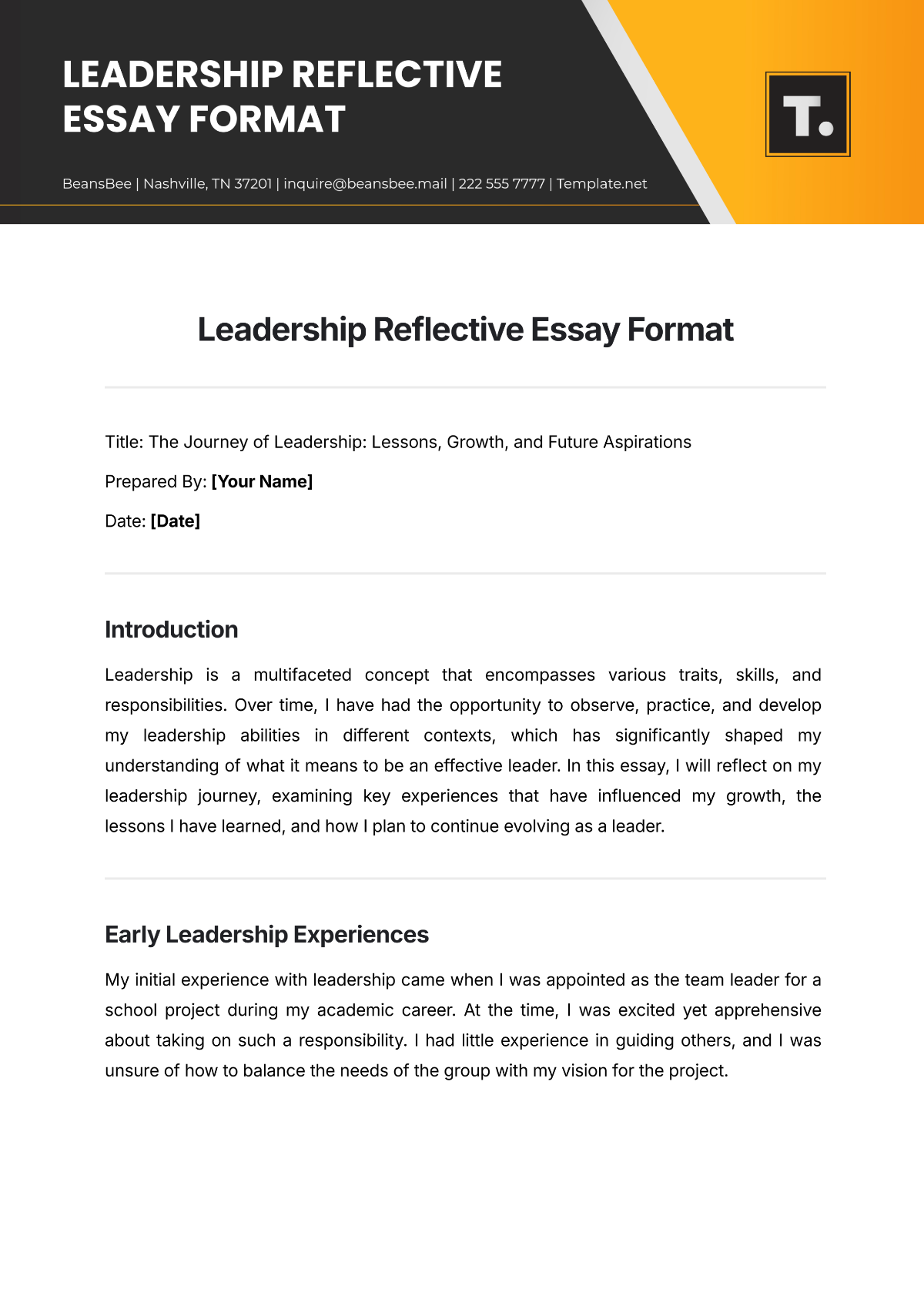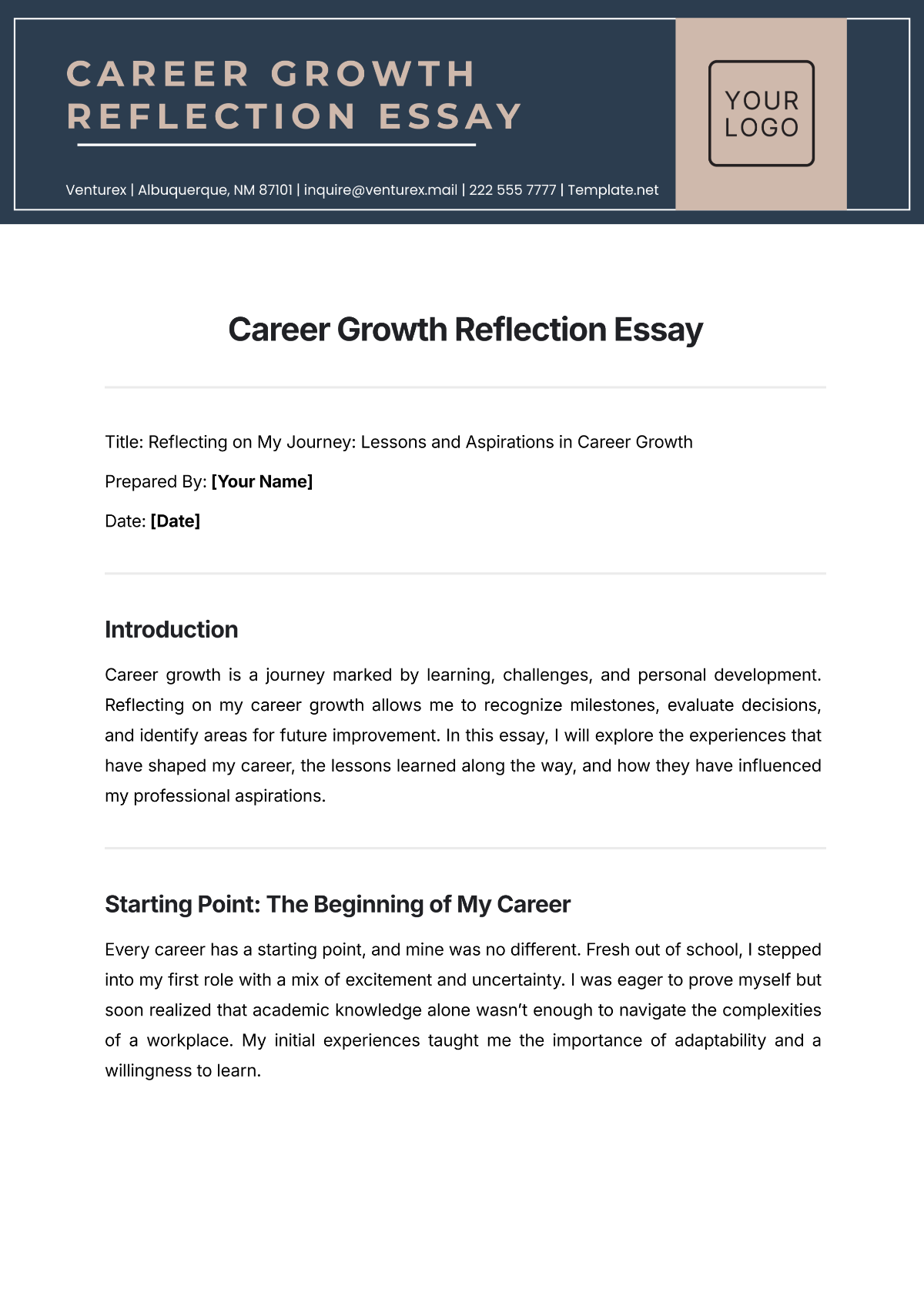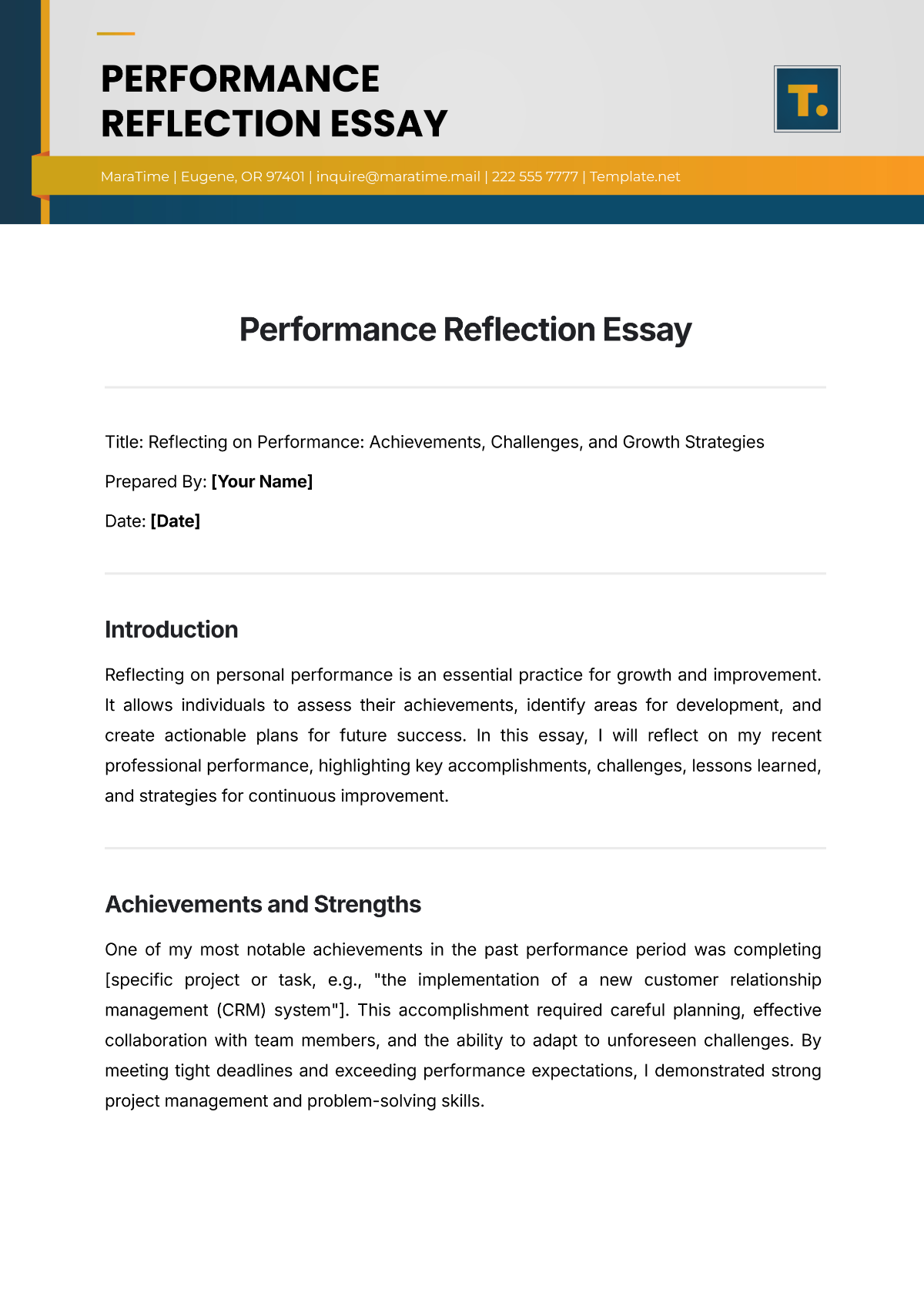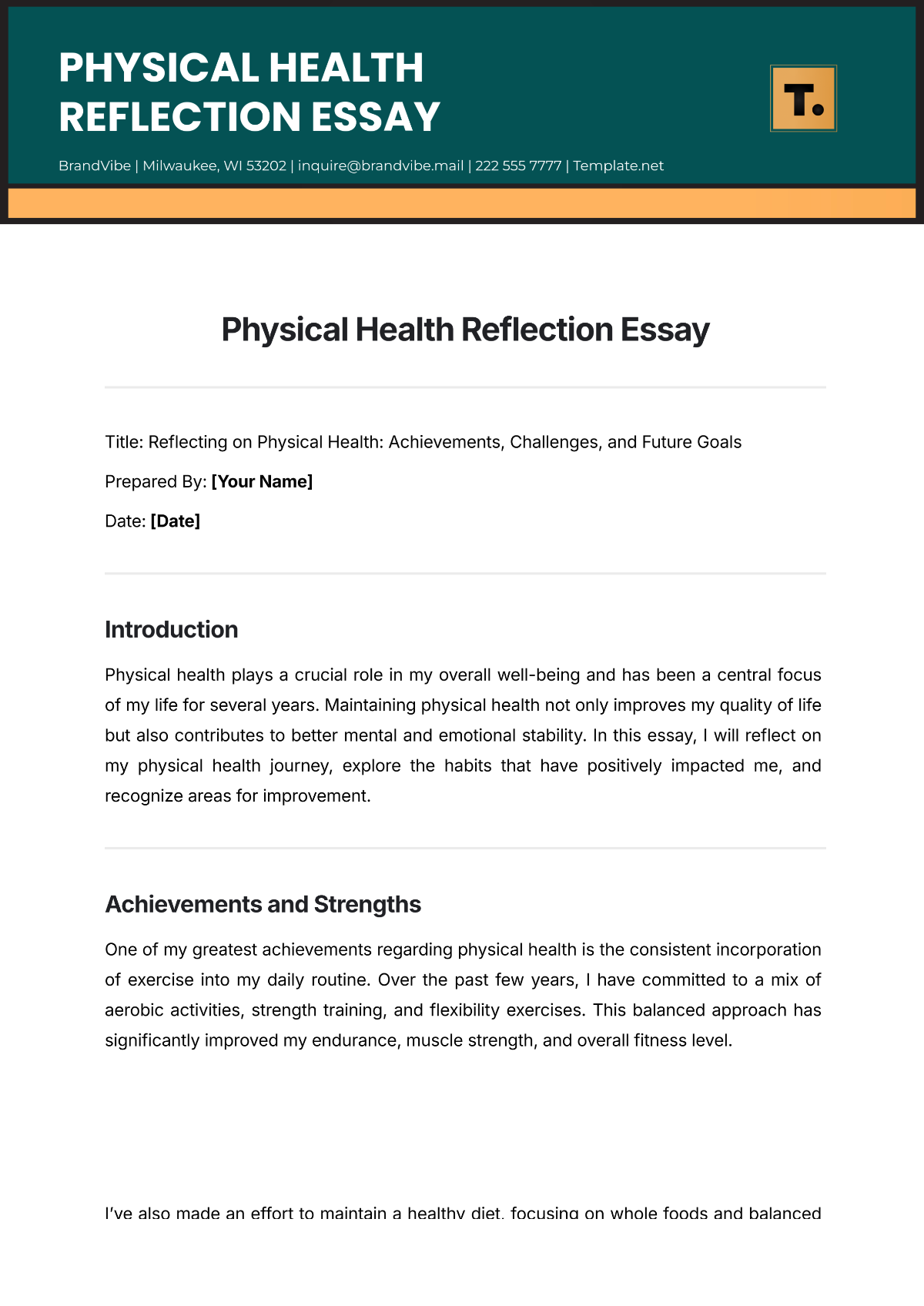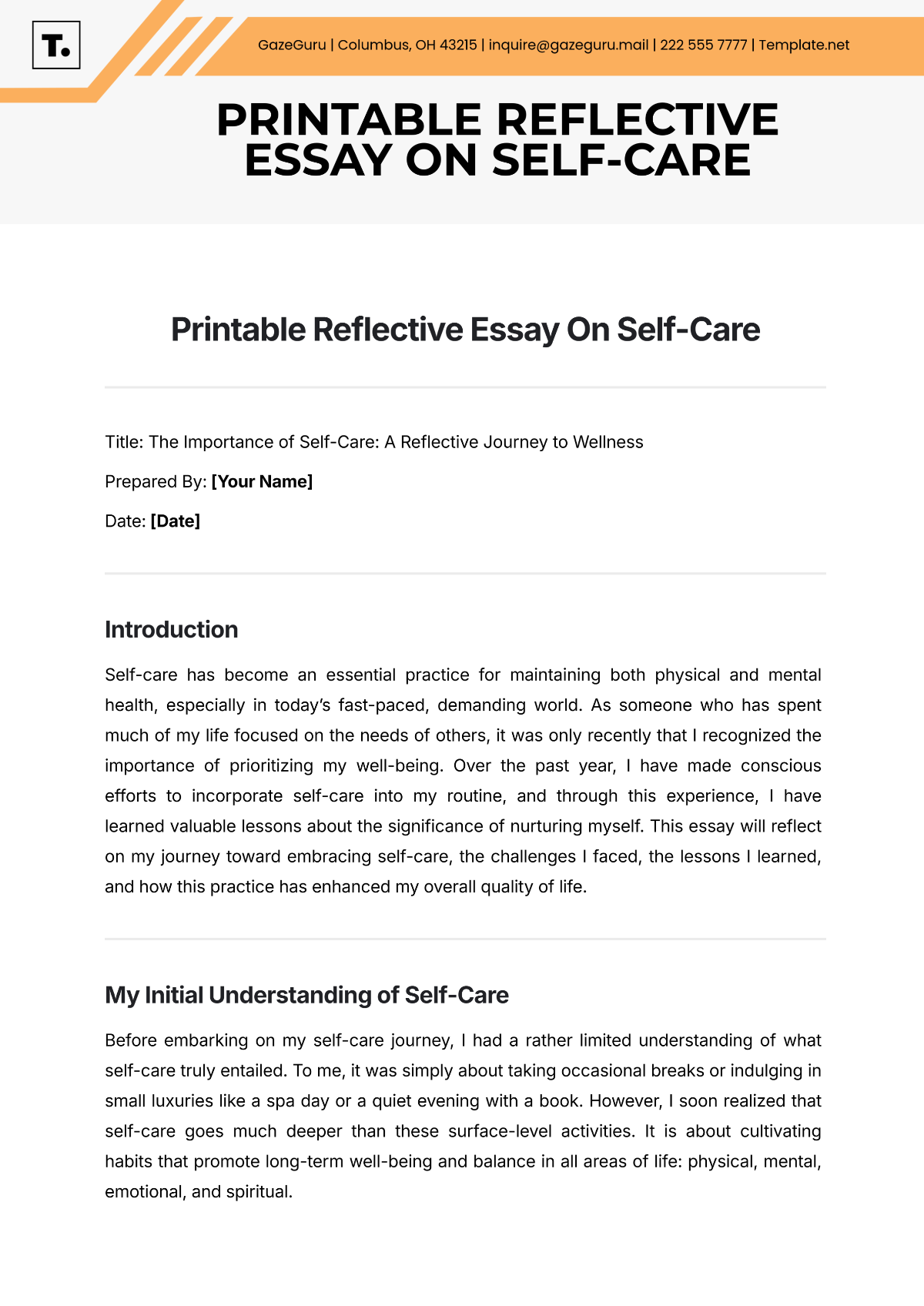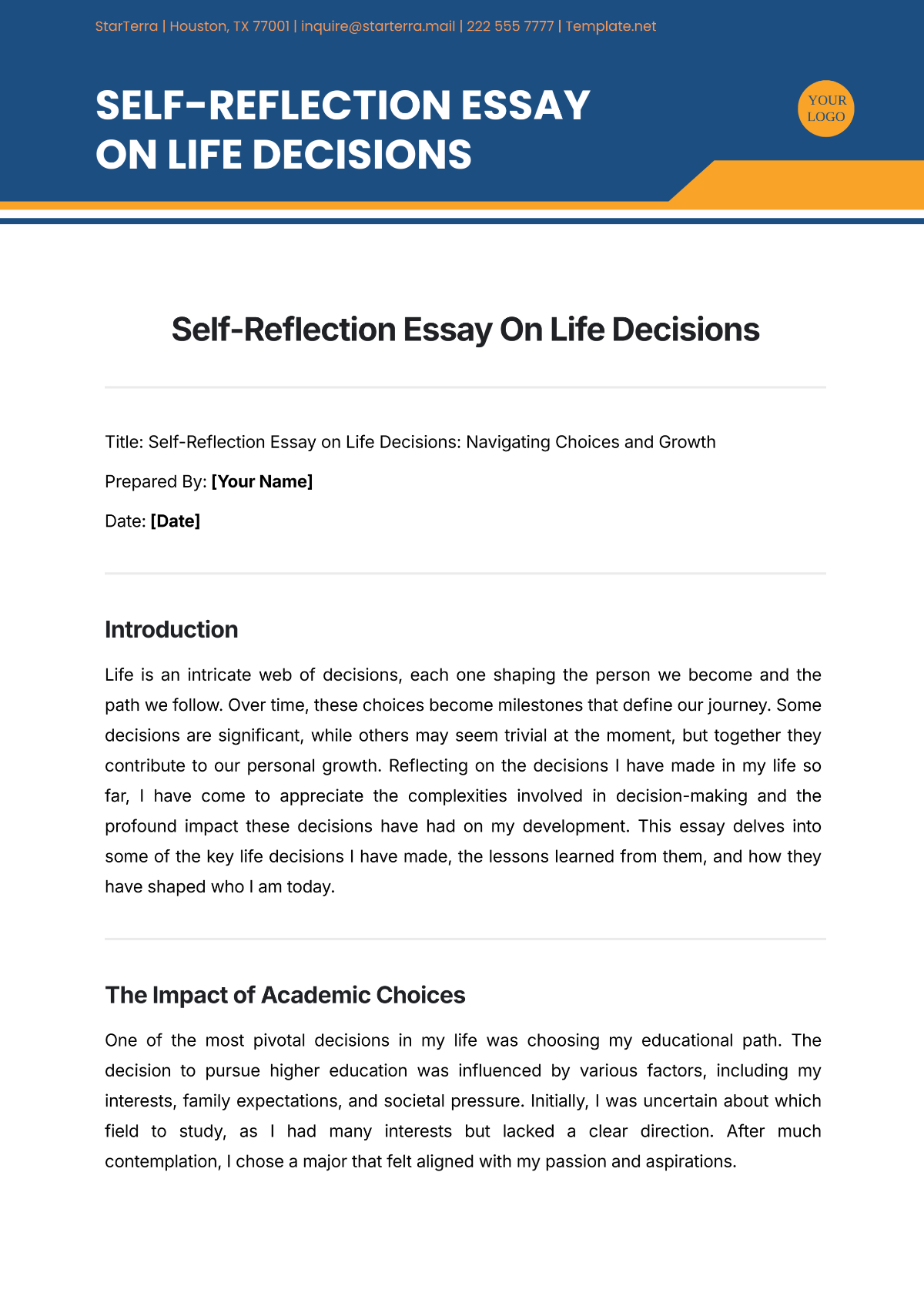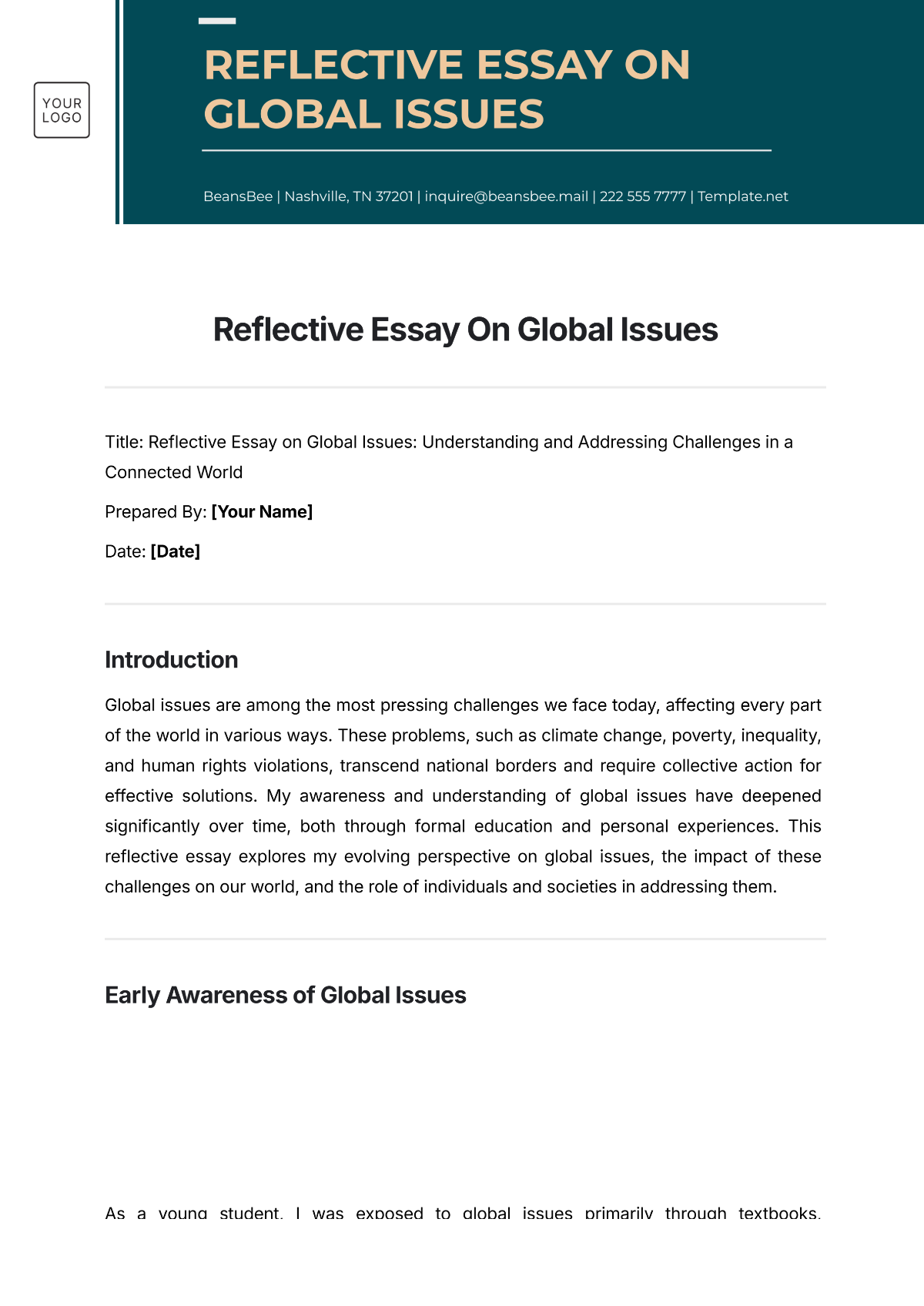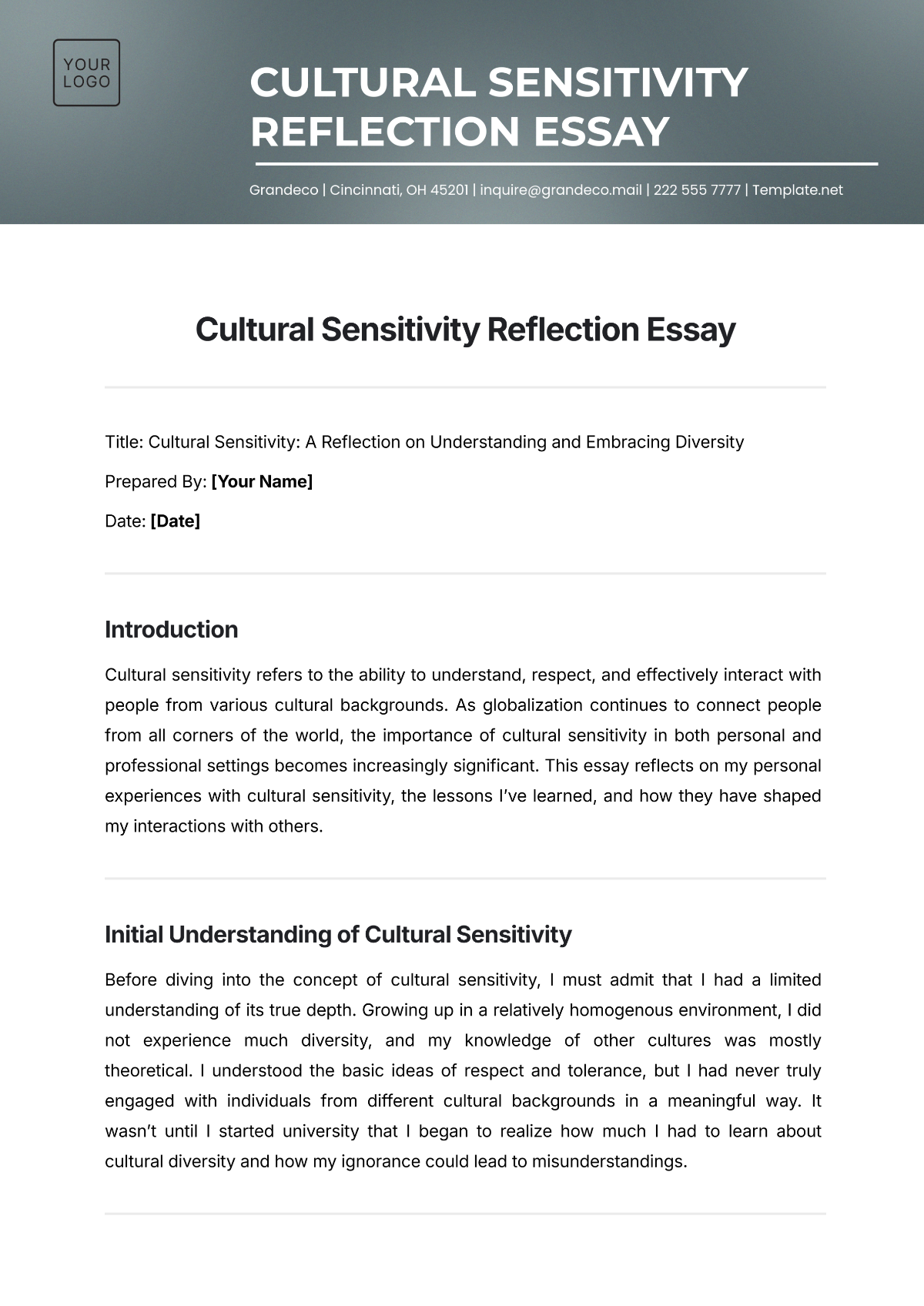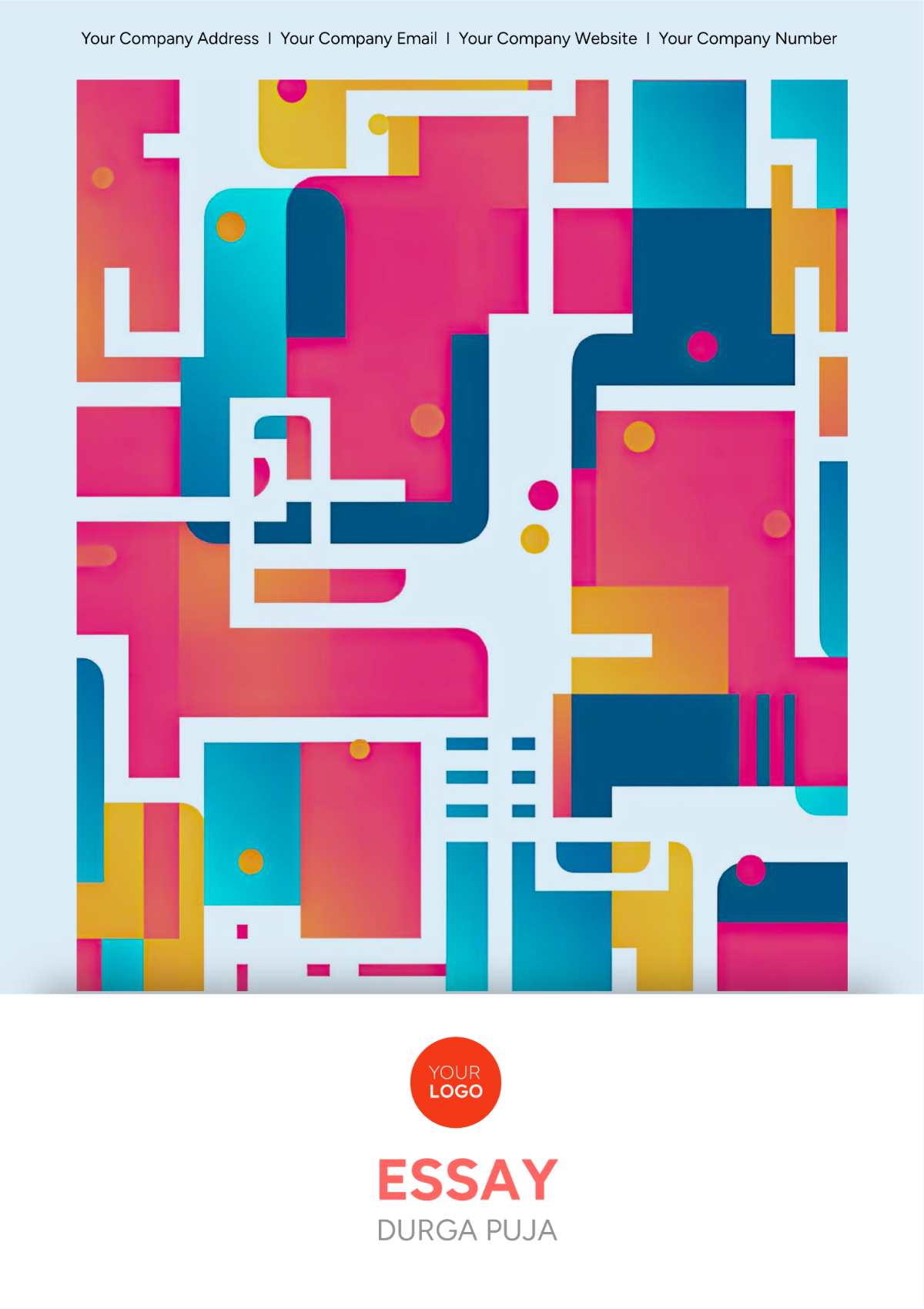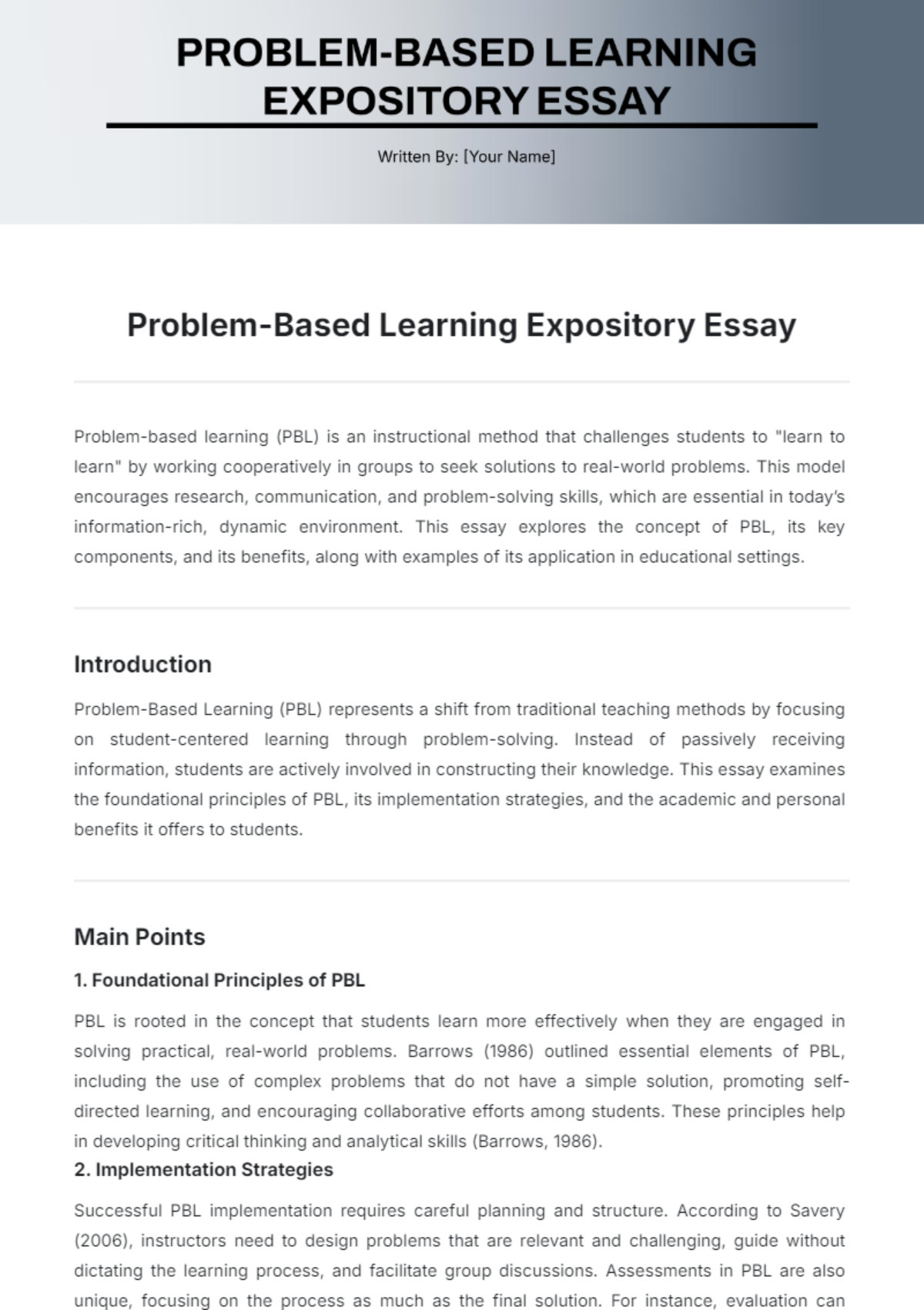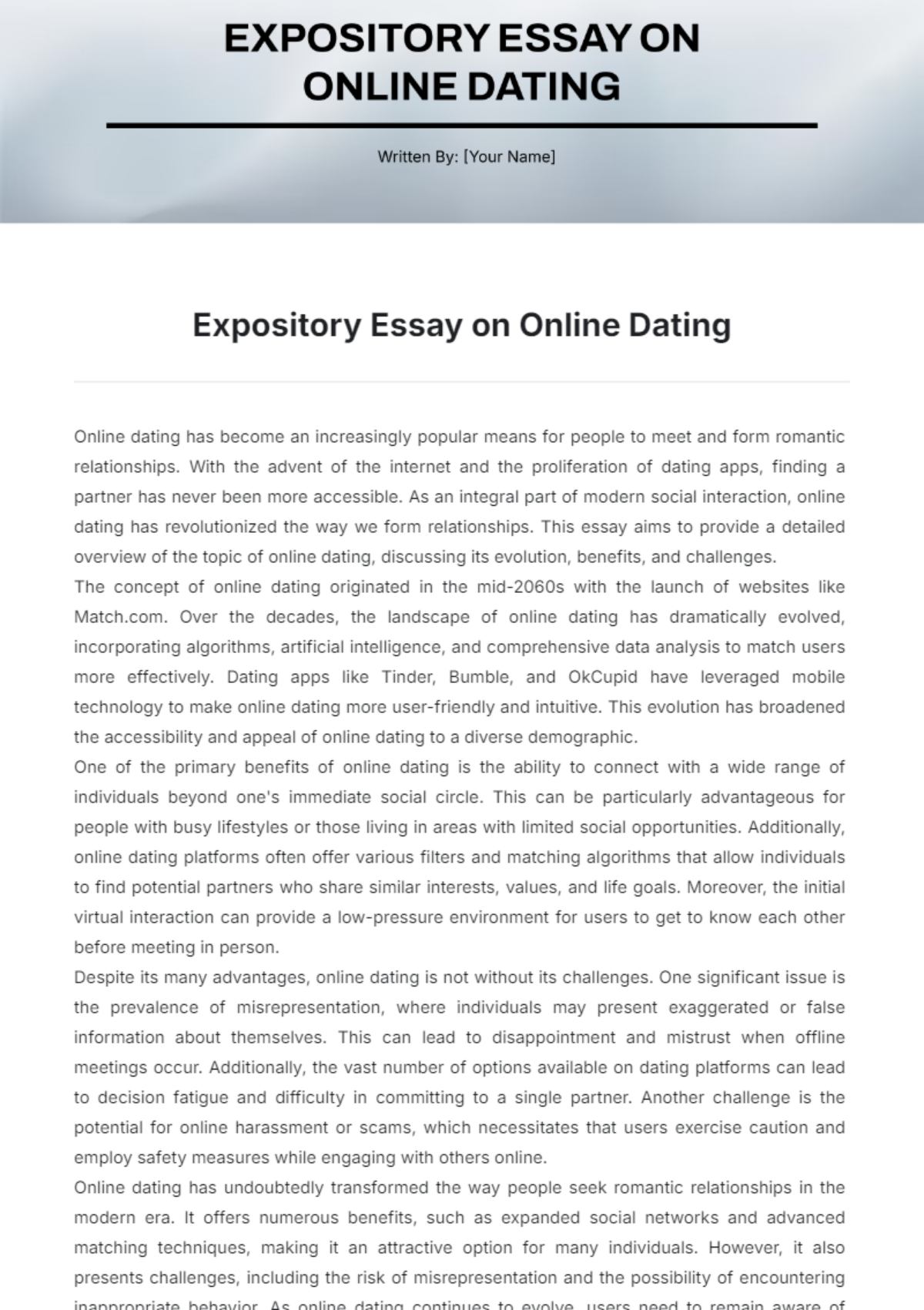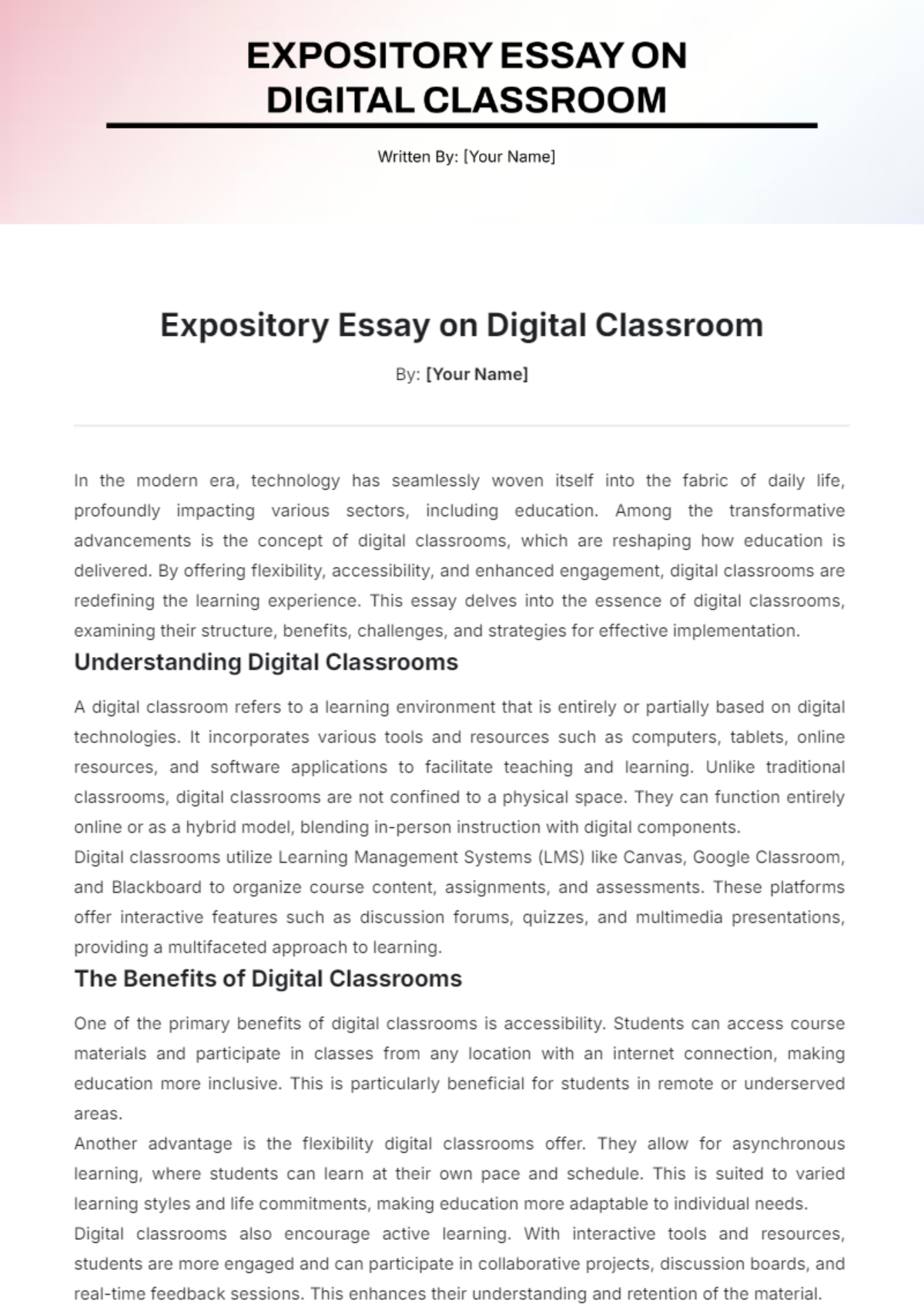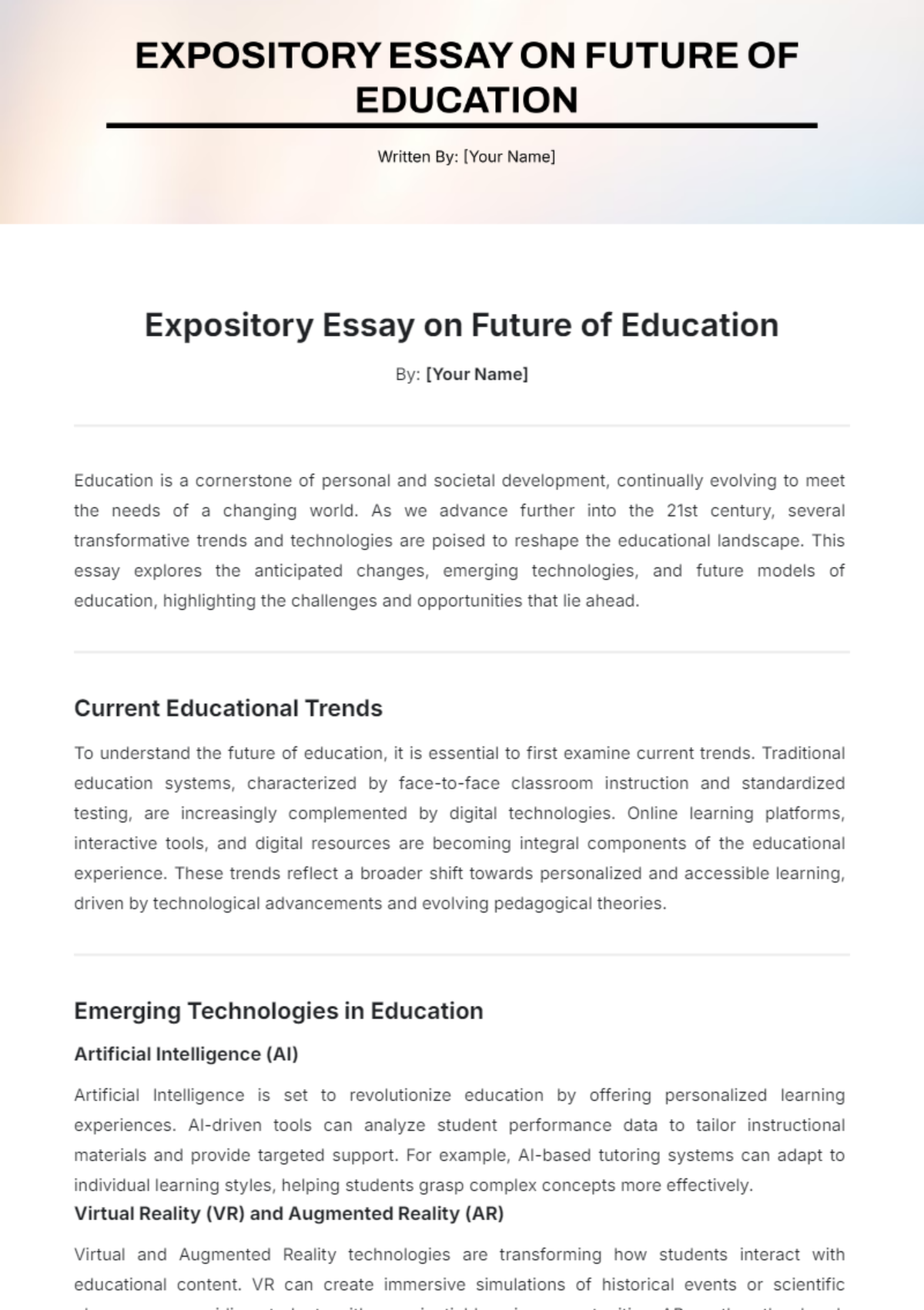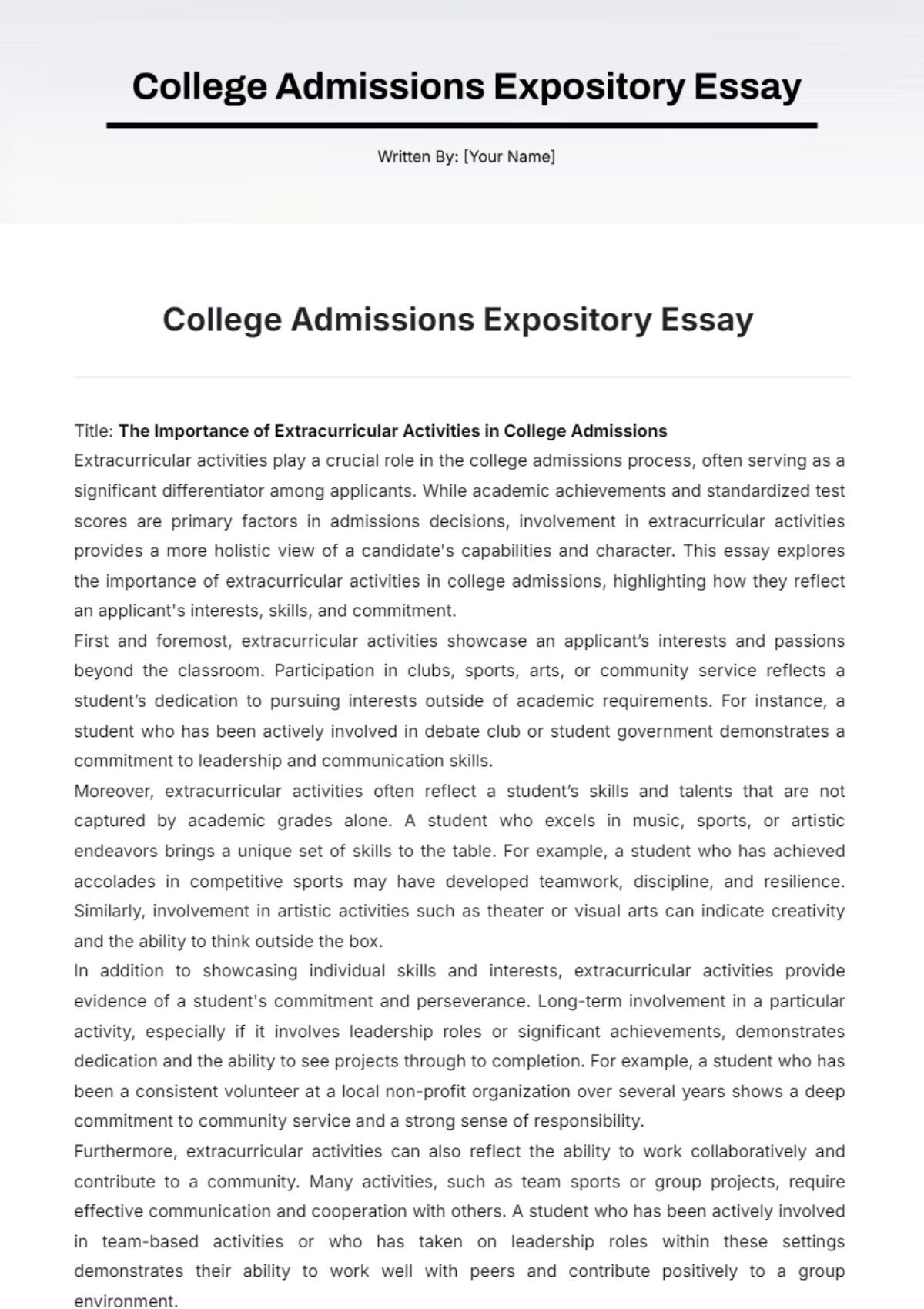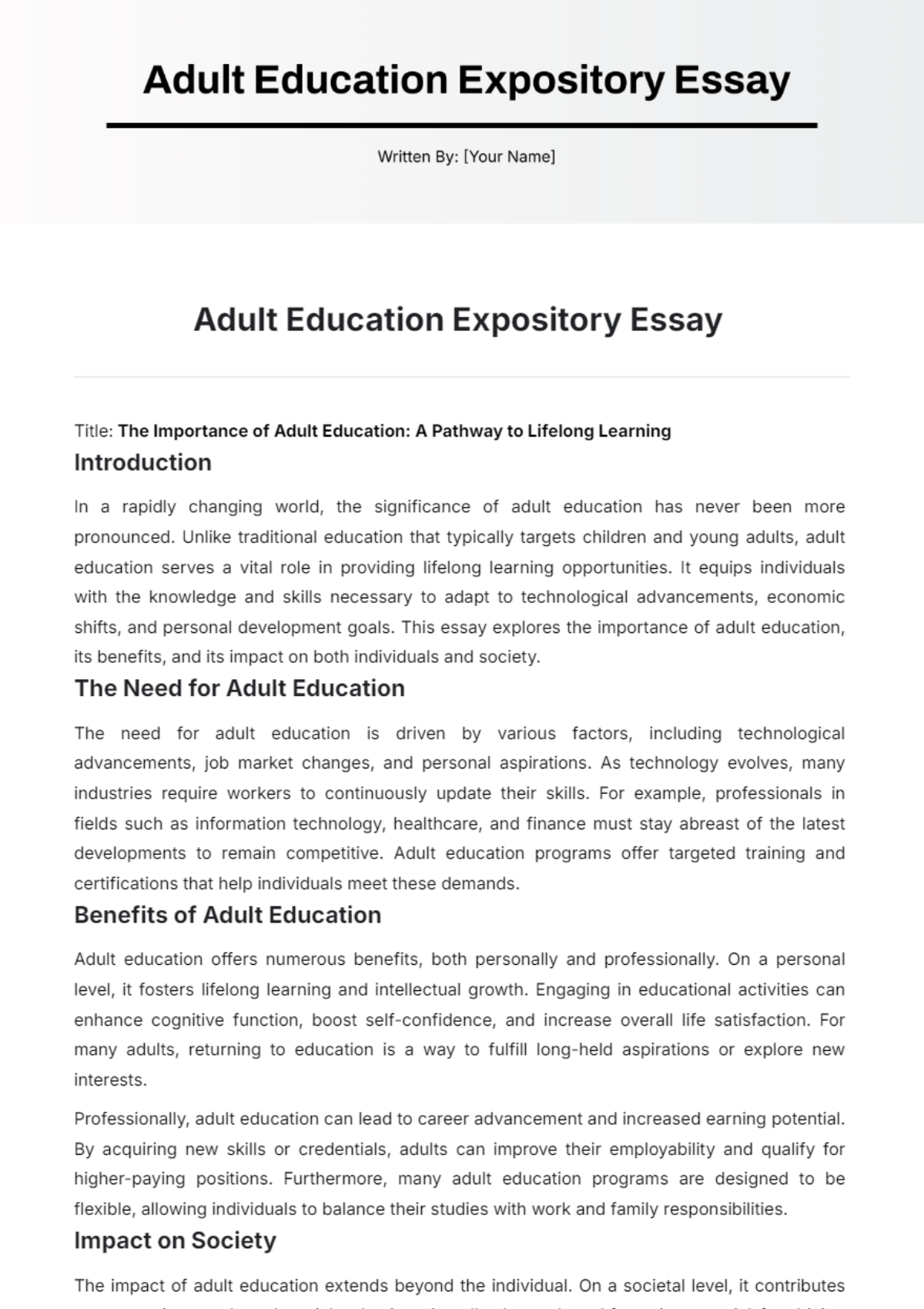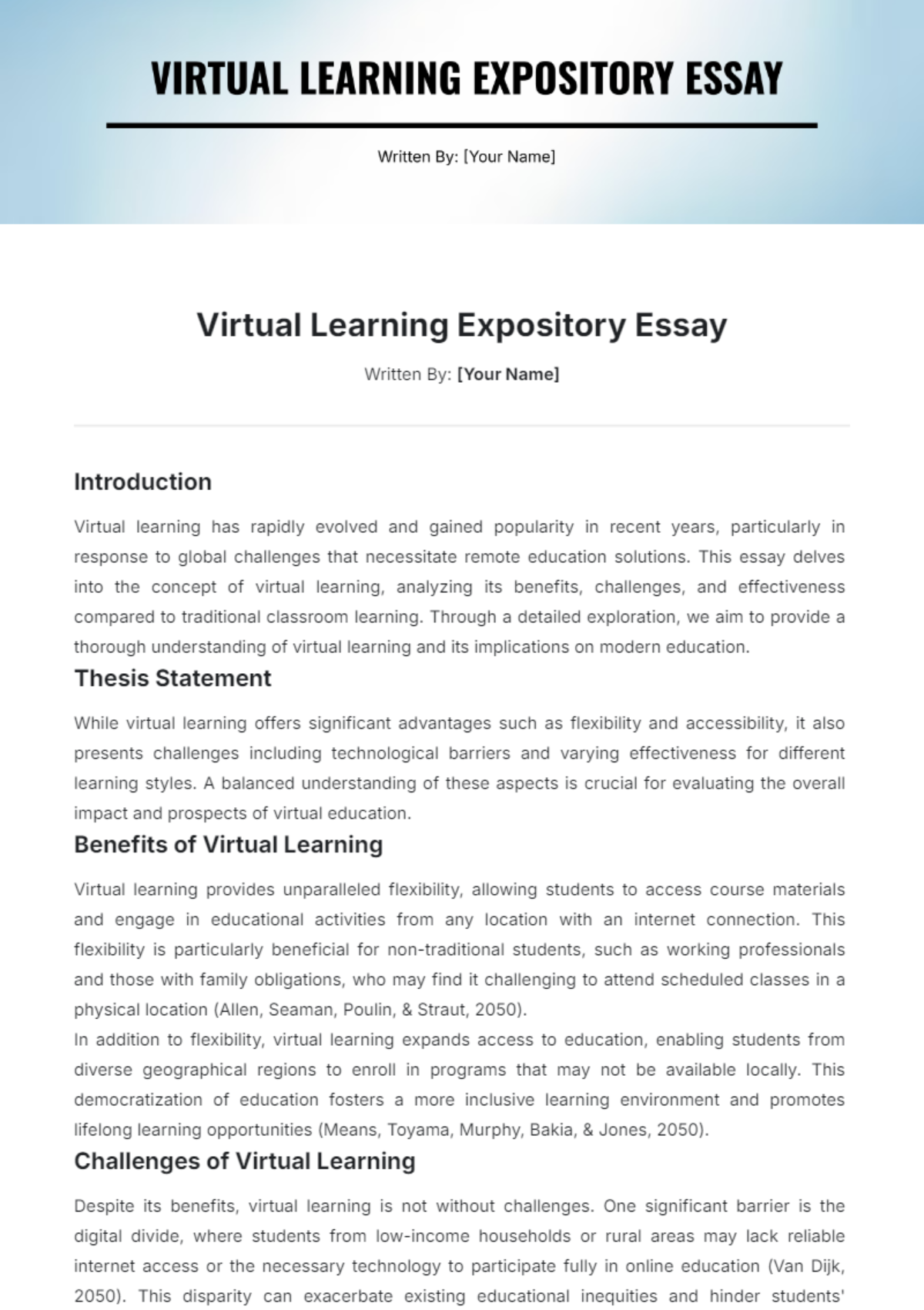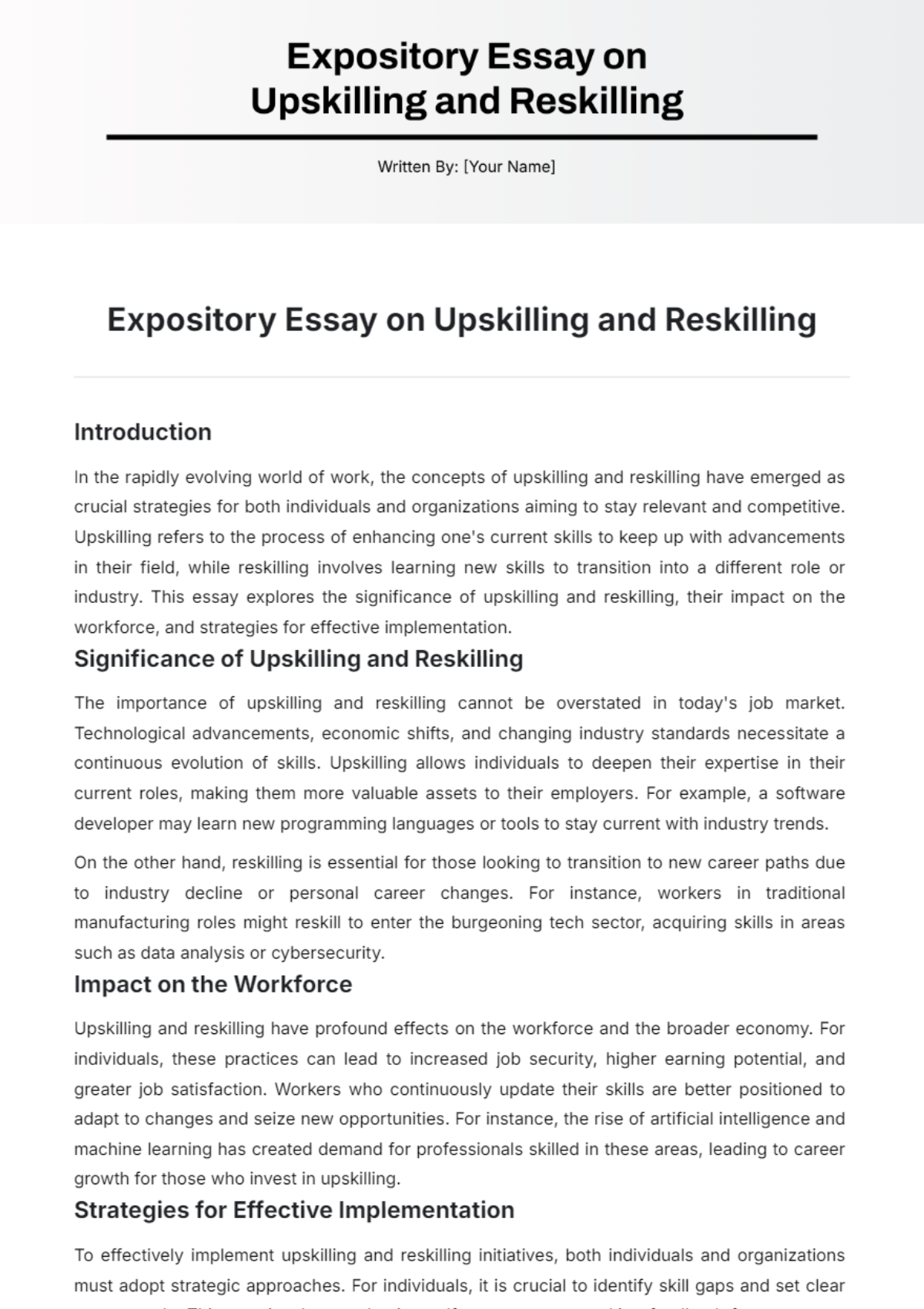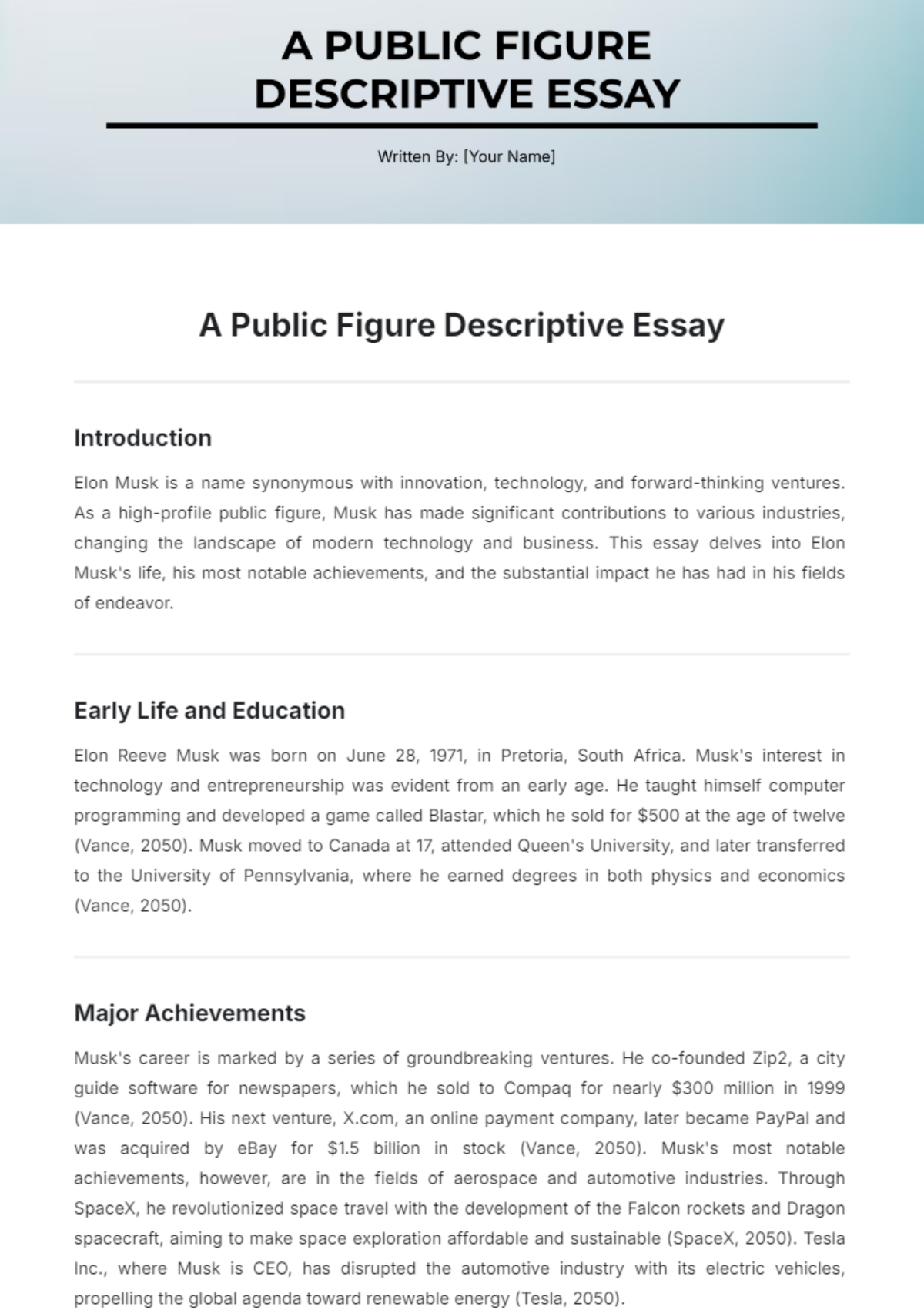Academic Descriptive Essay
An academic descriptive essay is a formal writing piece that vividly describes a person, place, object, or event. The aim is to paint a clear, detailed picture using sensory details, allowing the reader to experience the subject through the writer’s perspective.
Introduction
Descriptive essays are a cornerstone of academic writing and enable the crafted portrayal of a subject through meticulous attention to detail. This essay explores the essence of descriptive academic essays by breaking down the key aspects and the purposeful structure that delineates this form of writing from others. By focusing on sensory details and objective representation, an academic descriptive essay transforms a subject into a vivid experience for the reader.
Main Point 1: The Power of Sensory Details
Sensory details are essential in bringing descriptive essays to life. By engaging the five senses—sight, hearing, smell, taste, and touch—the writer can create a more immersive experience. For example, describing the crisp, autumn morning smell, the crunch of leaves underfoot, the cool, brisk air against the skin, the array of orange and yellow hues in the trees, and the distant sound of birds chirping together crafts a holistic picture of a fall day (Smith, 2050).
Main Point 2: Vivid Description and Subjectivity
A primary goal is to convey a clear impression of the subject, allowing readers to visualize it as vividly as if they were experiencing it first-hand. This requires precision in language and careful selection of descriptors. For instance, describing a historical landmark might include its towering structure, intricate carvings, slightly faded inscriptions, and the imposing yet inviting aura it exudes (Johnson, 2051). Such descriptions go beyond mere technical details, adding the writer’s perspective and subjective experience of the subject.
Main Point 3: Structured Approach
Despite its vividness, an academic descriptive essay maintains a structured approach. This involves a coherent organization through the introduction, body, and conclusion, where each section adds depth and clarity to the subject. The essay begins with a broad overview, narrows down to specific, detailed points, and concludes with a synthesis of the descriptive insights presented (Brown & Miller, 2052). Ensuring logical flow supports readers in fully appreciating the described experience.
Conclusion
An academic descriptive essay is a powerful tool for conveying experiences and invoking imagery through text. By leveraging sensory details, precise language, and a structured approach, writers can effectively transport readers into their descriptive narratives. Through examining varied aspects such as sensory engagement, vivid detail, and structured presentation, the art and complexity of descriptive writing are revealed.
Bibliography
Brown, A., & Miller, S. (2050). Crafting Descriptive Essays. Academic Press.
Johnson, T. (2051). Visual Impressions in Texts. Scholar Publications.
Smith, R. (2052). The Art of Sensory Details. Writing World.

